Maiem/Seu Ngapa (Welcome)
I am most pleased to see these recordings of our ancestors are now accessible to people who are interested in the Torres Strait history. More importantly my people are now able to hear the voices of ancestors who contributed these recordings and hopefully connect in some way to our past.
I note my eso to the British Library and their Australian partners for their work and commend them on producing this resource.
Alfred Cort Haddon and team have a very special place in our history and we are extremely grateful for their time and work in our homeland.
Au Esoau, Koeyma Eso
Ned David
Chair, Gur a Baradharaw Kod/ Torres Strait Sea and Land Council
Collection Overview
The British Library’s Alfred Cort Haddon 1898 Expedition (Torres Strait and British New Guinea) Cylinder Collection includes 141 wax cylinders recorded on the Torres Strait Islands and in British New Guinea as part of the 1898 Cambridge Anthropological Expedition to Torres Straits. This cylinder collection constitutes the earliest collection of sound recordings in the Library’s Sound Archive.
The collection is made up of two parts, 102 cylinders that were recorded on the Torres Strait Islands, and 39 that were recorded in British New Guinea. This page focuses on the 102 Torres Strait cylinders, referred to here as C80 Torres Strait even though in theory it is only one part of the whole C80 collection.
The recordings include a variety of performers on at least four of the Torres Strait Islands: Mer / Murray Island, Mabuiag / Jervis Island, Saibai Island, and Iama / Yam Island.1Where possible, place names are taken from AIATSIS’ Pathways thesaurus. https://thesaurus.aiatsis.gov.au Three recordings were made prior to the expedition. C80/1065 features European band music whereas C80/1485 and C80/1489 both include farewell messages that were recorded in England with Sidney Ray.2In his 1898-99 journal, Haddon mentions a cylinder recording that featured a farewell message from Sir Lawrence Gomme and ended with three cheers. This was recorded at Gomme’s home at 24 Dorset Square, London, by Sidney Ray (1898-1899:15). This recording has not been identified within the C80 Torres Strait collection.
According to Myers, no “specially designated” dance songs were recorded using the phonograph on Mer although songs that could be performed at dances were recorded (1912a:239). Conversely, Mabuiag songs III (C80/1069) and IV (C80/1070) are described as ‘dance songs’ (Myers 1912a:264).
An extensive performer index is available separate to this page, attempting to link performers/contributors with the cylinders on which they appear.
A subset of the cylinder collection corresponds to songs published and analysed by Charles S. Myers in the Reports of the Cambridge Anthropological Expedition to Torres Straits (Myers 1912, Myers & Haddon 1908). Some of the cylinder boxes have the inscriptions “own voice” or “own”. Moyle (1985) concluded that the singer is Myers and the recordings feature drum accompaniments that correspond to Myers’ notation of the songs.
Instrumentation
Instruments represented within the Torres Strait cylinder collection are percussion, violin and piano.
Myers noted that “the drum is probably the sole native instrument” possessed by the people of Mer / Murray Island (1912a:238). Haddon described two types of drums used in the Torres Strait Islands; the warup and the buruburu (Kala Lagaw Ya) or boroboro (Meriam Mir). The warup is shaped like an hourglass whereas the buruburu is “more or less cylindrical” (1912:278-279). The sacred Malu drum is known as Wasikor and is “intermediate in form between the warup and buruburu types” with a more cylindrical shape but a “jaw” at one end (1912:279).
C80/1056 features a violin solo, presumably performed by Myers. This cylinder is broken and has not been digitised. Myers played the violin on the evening of 7 May during a visit to Captain Hammond on Erub / Darnley Island (Myers 1898:44). However, Haddon noted on 13 May 1898 that Myers’ violin had become water-damaged and was “spoilt for this trip” (1898:66). It may be assumed that this cylinder was recorded prior to this date.
C80/1485 and C80/1489 feature piano accompaniment. These cylinders were recorded in England prior to the expedition.
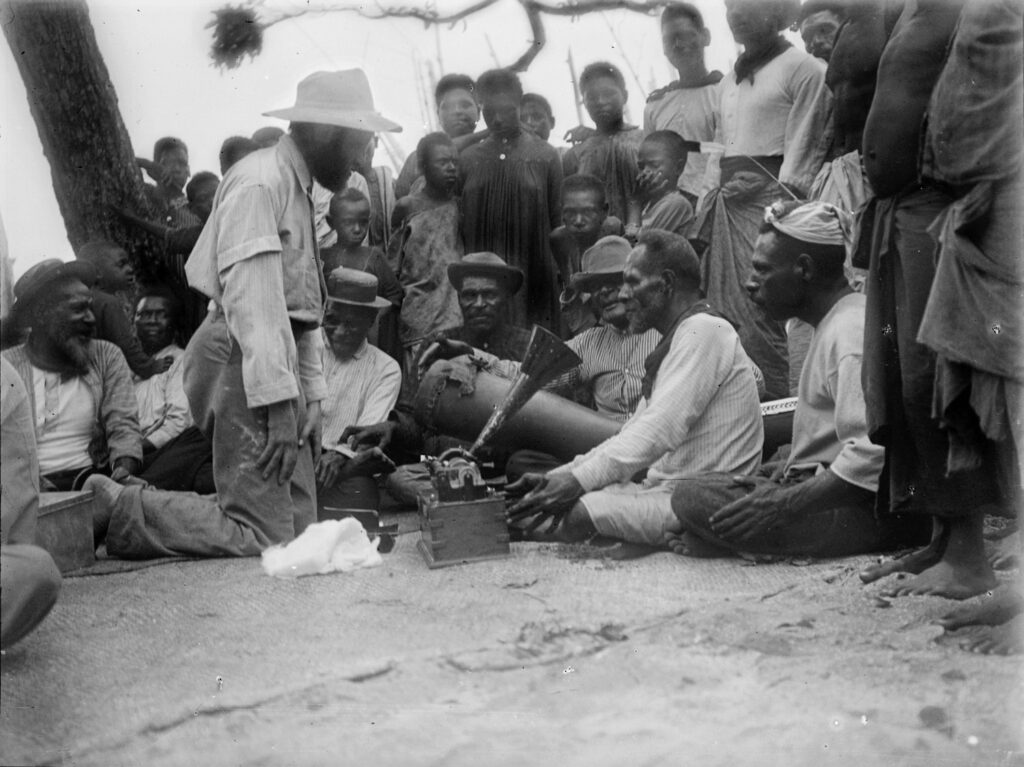
Activity in Torres Strait
The phonograph was exhibited on the journey to the Torres Strait Islands; Ray gave a demonstration on 26 March, which “gave a great deal of amusement but I thought the songs, etc did not come out so well” due to the noise of the wind and the steamer passengers (Haddon 1898-1899:14). Further phonograph exhibitions were given on 25 July, 12 August and 3 September 1898 on Mer (Ray 1898-1899:80, 83, 86). Ray exhibited the phonograph on Mabuiag on 8 and 17 October (Ray 1898-1899:89-90).
Haddon’s Head-Hunters contains a few references to the use of the phonograph in the Torres Strait Islands, both for playing and creating new recordings (1901:44, 174, 180). The phonograph is also mentioned in newspaper coverage as “an important part of the equipment of the expedition, for the record of language and of native music”.31898. Scientific Expedition. Exploration of Torres Strait. The Telegraph (Brisbane, Qld. : 1872 – 1947), 25 April, p.5c. [online] Available from: <http://nla.gov.au/nla.news-article172778182> [Accessed 7 January 2021].
Ray mentions using the phonograph to record Mabuiag, Saibai, Tudu and Muralag songs and speeches (1907:190, 228). For example, C80/1041 is the Story of Amipuru as told by Waria on Mabuiag. As yet unidentified cylinders (such as C80/1040) may well be recordings of the other stories. Translations of the stories are included in Haddon (1904).
Ray stated that the words of the Malu songs were “taken down” by Haddon and Myers, and that kolap songs were collected on Mer by Myers (1907:50).
Use of the phonograph is mentioned in Ray’s 1898 journal but these recording events cannot be linked to individual recordings in the cylinder collection. These include:
28 July 1898 – The expedition party gathered at Gadodo’s house at Las. Ulai and others sang to Myers’ phonograph in the evening. Jimmy Rice was also present (Ray 1898-1899:81).
29 July 1898 – Ray recorded ‘singing on the beach’ at Las (Ray 1898-1899:81)
8 August 1898 – Ray recorded speeches from Pasi and Mamoose Ari (Ray 1898-1899:83). No cylinders in the metadata can be attributed to Pasi based on existing metadata and documentation.
10 August 1898 – Ray recorded prayers by Pasi and Mamoose Ari 1898-1899:83). The only prayer recording [80/1059] is from Mabuiag, not Mer.
4 September 1898 – Some men came to the house and sang Murray hymns 106 and 112. A boy also sang “God Save the Queen”. It is not clear whether these were recorded (Ray 1898-1899:86). The hymns may have been taken from Euangelia Mareko Detarer (1885) [Gospel of Mark, Murray Island language], which included 112 hymns (Ray 1907:227).4McFarlane, S. & Scott, H [London Missionary Society]. 1885. Euangelia Mareko Detarer (Gospel of Mark, Murray Island language). Sydney: Edward Lee, Steam Machine Printer.
7 September 1898 – Pasi sang dance songs into the phonograph (Ray 1898-1899:86).
15 October 1898 – Ray had “Peter as authority all day” and recorded eight cylinders, “most of them very good” (Ray 1898-1899:89).
17 October 1898 – Ray made seven records (Ray 1898-1899:89-90).
26 October 1898 – Ray “obtained some records but singers too low” (Ray 1898-1899:90).





20 July – In the afternoon, there was “singing + listening to the phonograph” (1898:92)
28 July – “With great difficulty I managed to get a few songs of Malu on to a phonograph-cylinder” (1898:104)
15 August – Myers recording “wailing” following the death of George’s baby (1898:112).
In his journal, Ray noted that he attempted to record speeches on 6 August on Mer but found that the cylinders were in bad condition. Another 50 cylinders were found to be “mostly damp and mouldy” (1898-1899:83). This suggests that the cylinders were already susceptible to damage during the expedition. This may have determined the quality of some of the recordings and restricted how many recordings could have been produced. Fortunately, Ray opened another case of cylinders on 6 October 1898 and “found all in splendid condition, in tin boxes, as others should have been” (1898-1899:89).
In his journal, Myers noted that Captain Hammond5Captain Hammond [Edward James Hamon] was the only “resident European official” on Erub / Darnley Island and was appointed in 1895 as Assistant Inspector of Fisheries (Shnukal 2015b:230). He was formerly part of the British Navy and merchant service. Haddon described him as a “kind of government agent” who “patrols the deep water fishing grounds” (1898-99:59-60). of Erub / Darnley Island “warn[ed] us to repay the natives well for any sounds recorded”. It is not clear that the local peoples were paid in any form for the sound recordings.
Two members of the expedition, Seligmann and Rivers, went on to use the phonograph to produce their own anthropological recordings. These recordings can be found in the British Library collections Daniels Ethnographical Expedition to British New Guinea 1904 Cylinder Collection (C62) and WHR Rivers and Arthur M Hocart 1908, New Georgia group, British Solomon Islands Protectorate Cylinder Collection (C108). Recordings produced by Ray can also be found in the 1898 British New Guinea cylinder collection.
Further information on the phonograph equipment and its cost can be found in box 13, file 3 of the Haddon Papers, Cambridge University Library (Griffiths 2002:366). In a letter to his wife in September 1898, Haddon noted that he was writing to anthropologist Walter W. Skeat in Singapore and “will let him have a phonograph with pleasure” and that “both phonographs require overhauling but we have obtained good results here”.6Haddon, A.C. 25 September 1898. Letter to Fanny Haddon. http://nla.gov.au/nla.obj-1260503757
Other Locations
Torres Strait Islands
There are a number of cylinders where a specific recording location in the Torres Strait Islands has not been identified. The recording date in these cases is given as a range reflecting the time when any expedition members were present in the Torres Strait Islands in 1898: 22 April to 15 November 1898.
| British Library shelfmark | Recording title | Performer name | Recording location | Recording date | Content description | Performer description | Recording notes | Languages | Genre | Recordist | Recording length | Recording trip | Description of cylinder | Collection title | Cylinder location | Images of cylinder containers / documentation | Related print publication: | Related print publication: | Related print publication: | Related print publication: | Related print publication: | Related print publication: |
|---|---|---|---|---|---|---|---|---|---|---|---|---|---|---|---|---|---|---|---|---|---|---|
| C80/796 | Male vocal solo | Unidentified (singer, male) | Torres Strait Islands | 22 April 1898 – 15 November 1898 | 1-2. Unaccompanied male vocal solo. On lid is written: 'Title lost. ?Speech at end for Ray'. | Reasonable quality recording but with surface noise. As no specific recording location has been identified, the recording date range is based on when any members of the Cambridge Expedition were present in the Torres Strait in 1898. | Field recordings | 2'04" | 1898 Cambridge Anthropological Expedition to Torres Straits | Brown wax cylinder. Cardboard cylinder case. | Alfred Cort Haddon 1898 Expedition (Torres Strait and British New Guinea) Cylinder Collection | British Library | 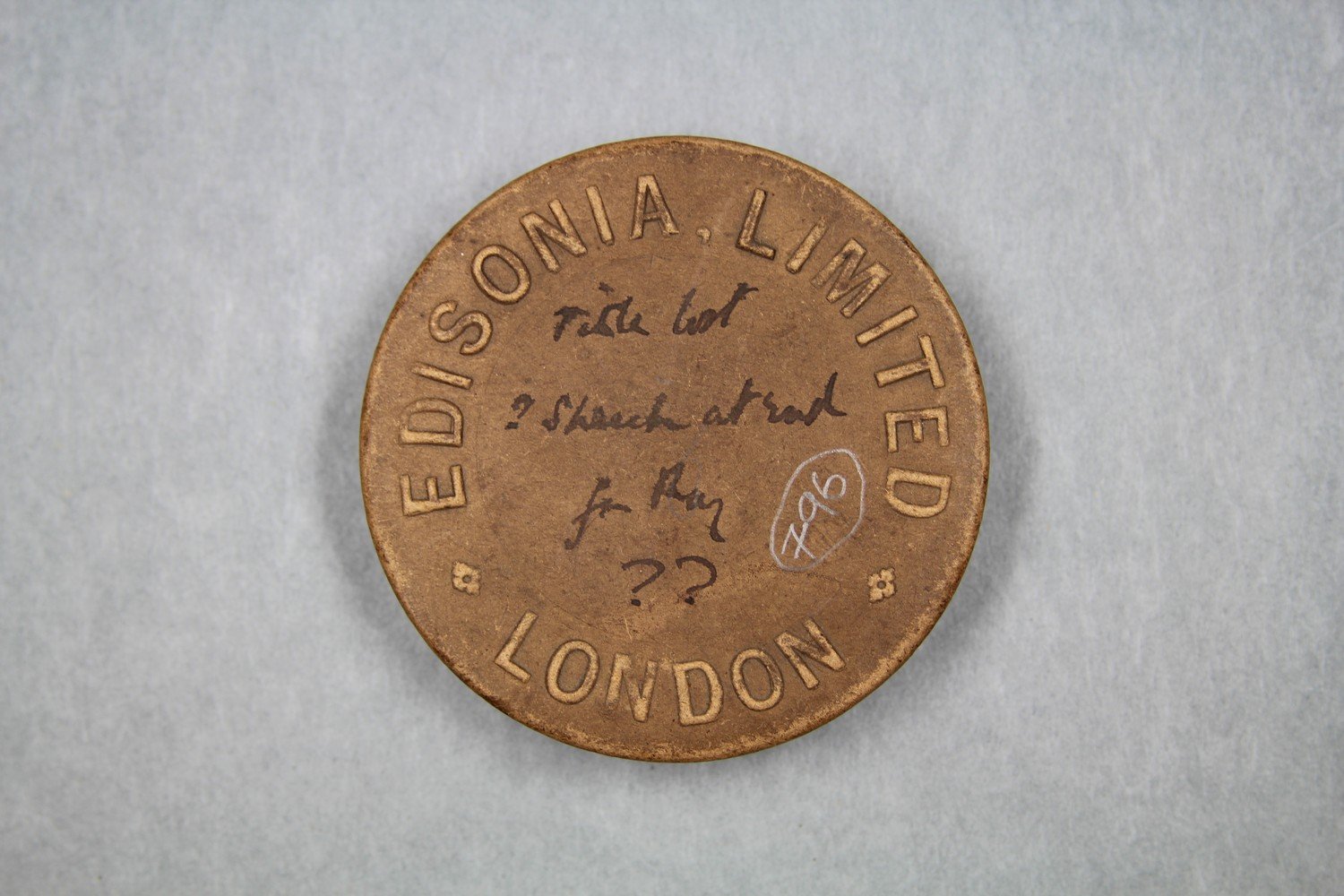      | |||||||||
| C80/816 | Vocal group | Unidentified (male chorus) | Torres Strait Islands, or British New Guinea | 22 April 1898 – 15 November 1898 | Unaccompanied mixed vocal group singing in harmony. No further information available. This may be a Torres Strait or New Guinea cylinder. The cylinder does not have a box and is bandaged at both ends. | Reasonable quality recording. As no specific recording location has been identified, the recording date range is based on when any members of the Cambridge Expedition were present in the Torres Strait or New Guinea in 1898. | Field recordings | 1'42' | 1898 Cambridge Anthropological Expedition to Torres Straits | Brown wax cylinder. No case. | Alfred Cort Haddon 1898 Expedition (Torres Strait and British New Guinea) Cylinder Collection | British Library | 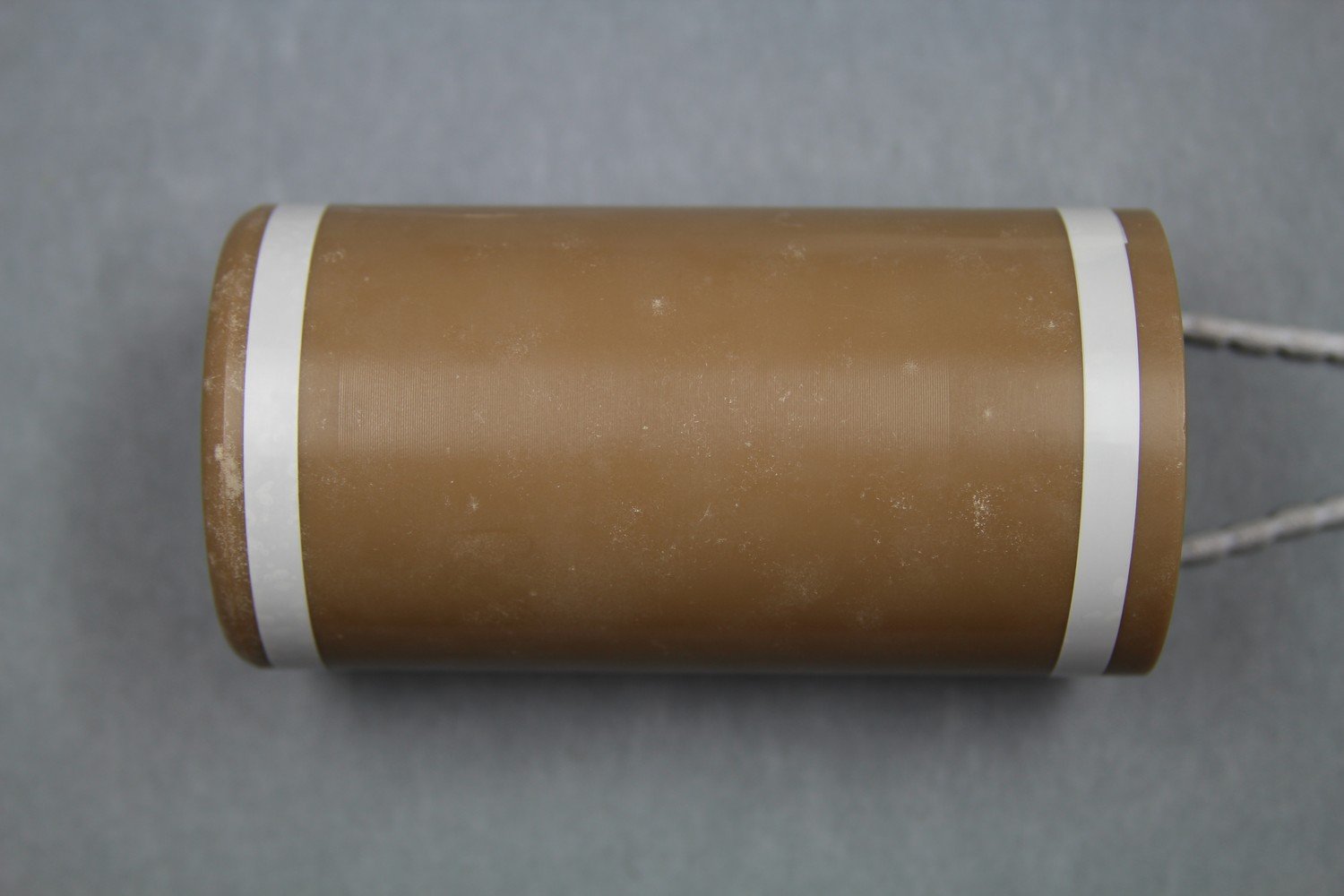      | |||||||||
| C80/818 | Polyglot | Unidentified (singer, male) | Torres Strait Islands | 22 April 1898 – 15 November 1898 | 1. Solo male speech. No further information available. The cylinder was previously identified as a 'stray' Torres Strait cylinder. | Poor quality recording with heavy surface noise. As no specific recording location has been identified, the recording date range is based on when any members of the Cambridge Expedition were present in the Torres Strait in 1898. | Field recordings | 2'17" | 1898 Cambridge Anthropological Expedition to Torres Straits | Brown wax cylinder. Metal cylinder case. | Alfred Cort Haddon 1898 Expedition (Torres Strait and British New Guinea) Cylinder Collection | British Library |  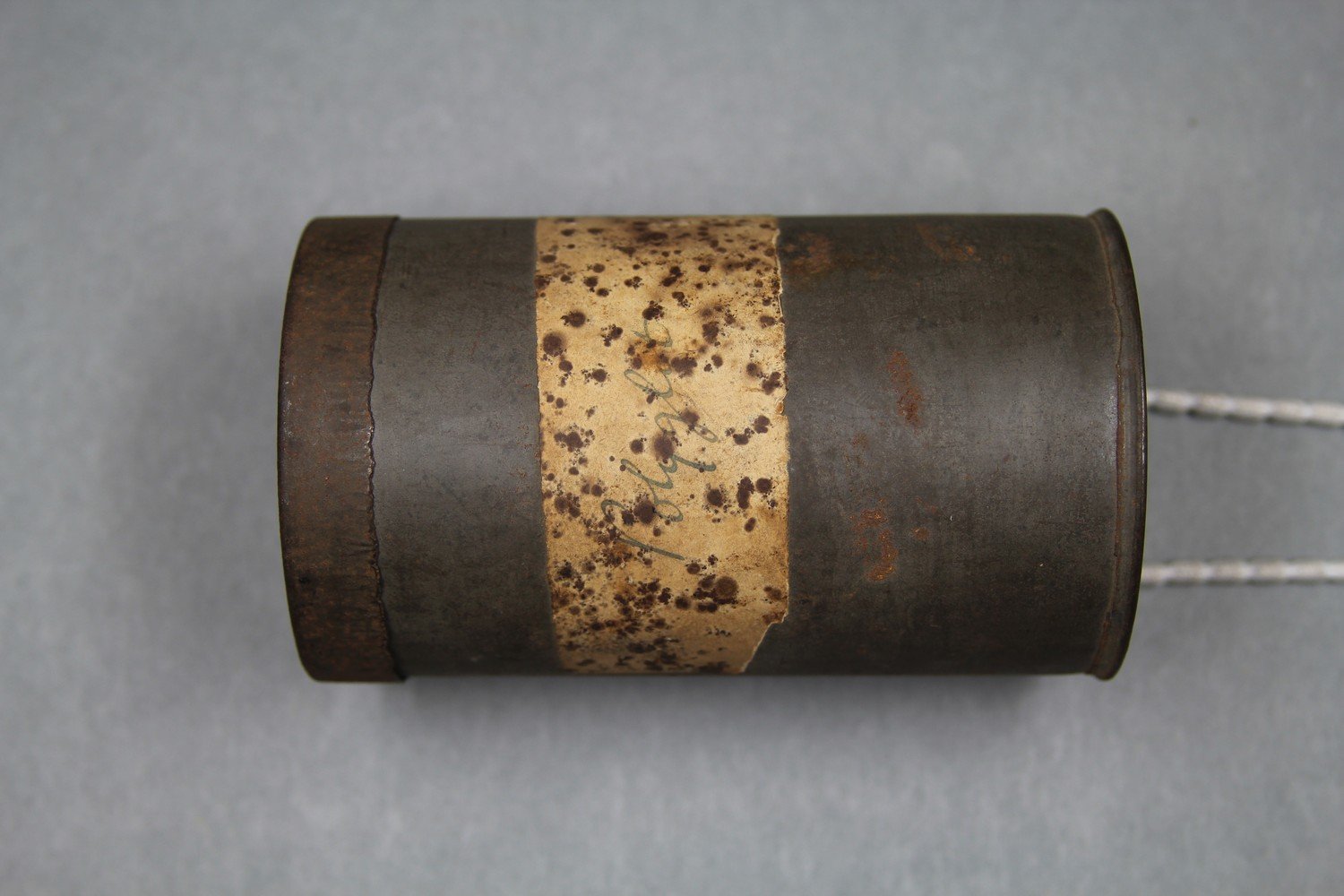 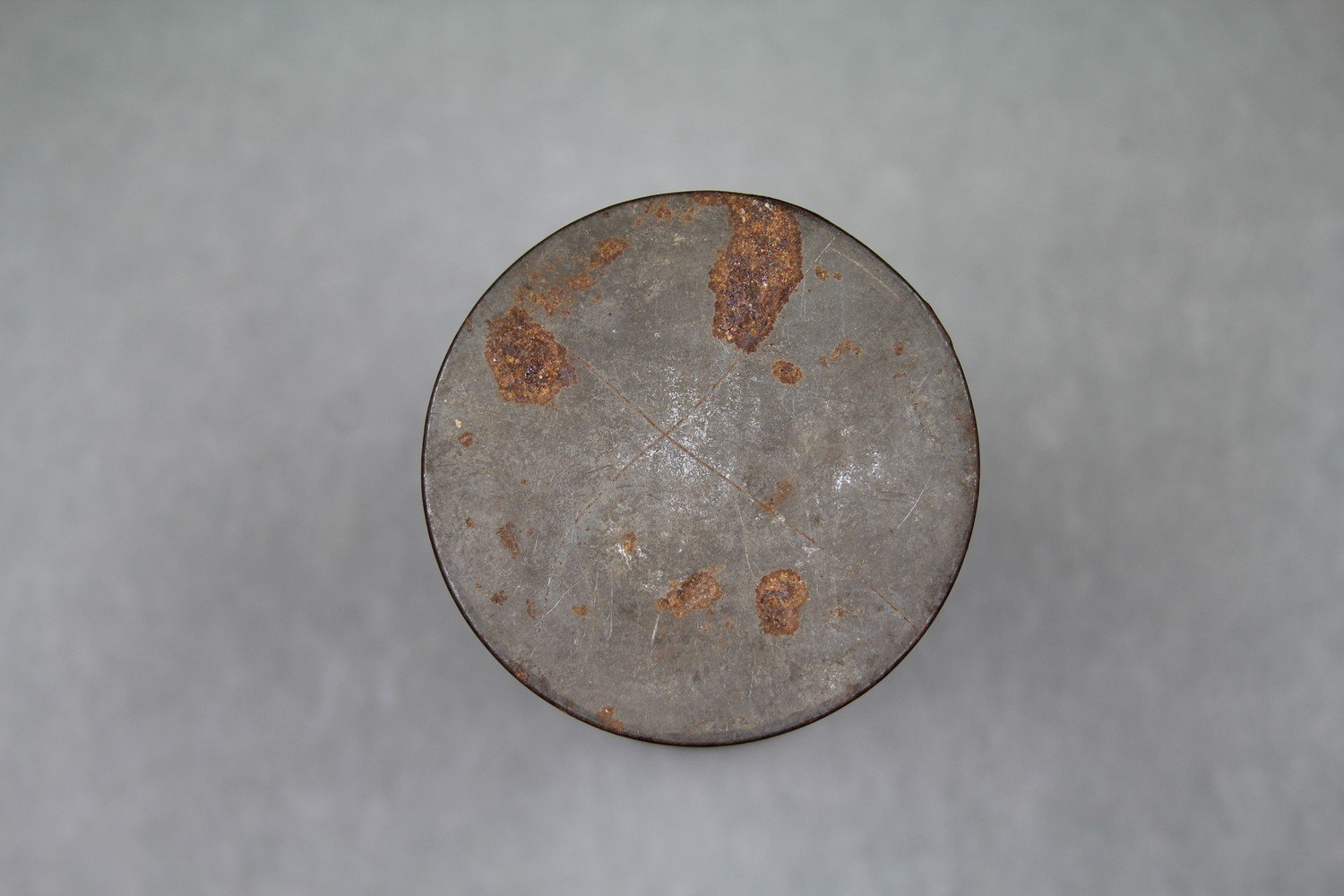    | |||||||||
| C80/1039 | Male vocal solo | Unidentified (singer, male) | Torres Strait Islands | 22 April 1898 – 15 November 1898 | 1. Unaccompanied male speech. No further information. Broken cylinder. | Very poor quality due to broken and bandaged cylinder - almost inaudible. As no specific recording location has been identified, the recording date range is based on when any members of the Cambridge Expedition were present in the Torres Strait in 1898. | Field recordings | 1'32" | 1898 Cambridge Anthropological Expedition to Torres Straits | Brown wax cylinder. Metal cylinder case. | Alfred Cort Haddon 1898 Expedition (Torres Strait and British New Guinea) Cylinder Collection | British Library | 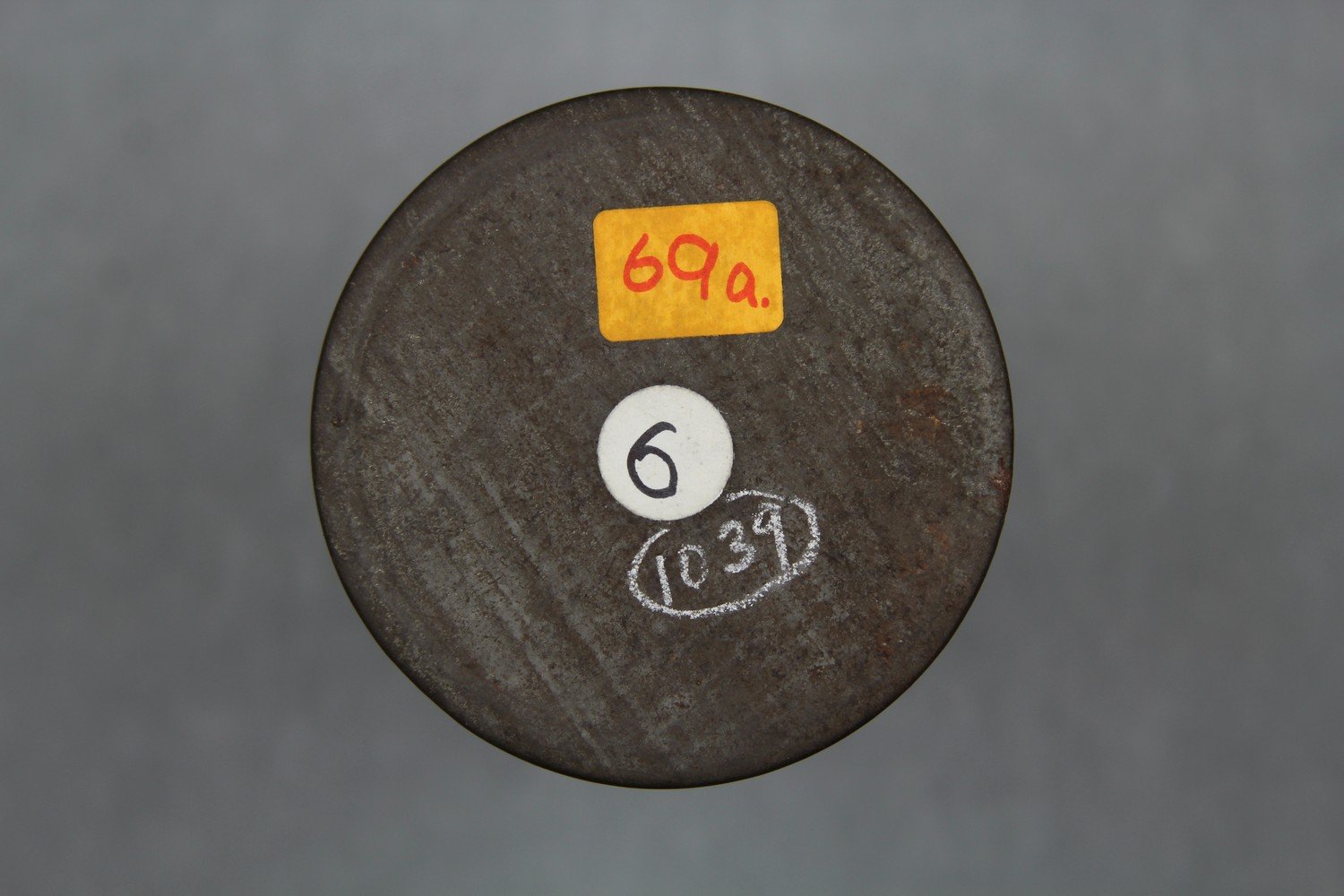      | |||||||||
| C80/1063 | Male speech | Unidentified (speaker, male) | Torres Strait Islands | 22 April 1898 – 15 November 1898 | 1. Indecipherable announcement. 2. Solo male speech. No further information available. Both Moyle and previous cataloguing in SAMI noted that this cylinder is blank. However, there is a recording and there is extremely faint speech. | Poor quality recording with weak signal and surface noise. As no specific recording location has been identified, the recording date range is based on when any members of the Cambridge Expedition were present in the Torres Strait in 1898. | Field recordings | 1'41" | 1898 Cambridge Anthropological Expedition to Torres Straits | Brown wax cylinder. Metal cylinder case. | Alfred Cort Haddon 1898 Expedition (Torres Strait and British New Guinea) Cylinder Collection | British Library | 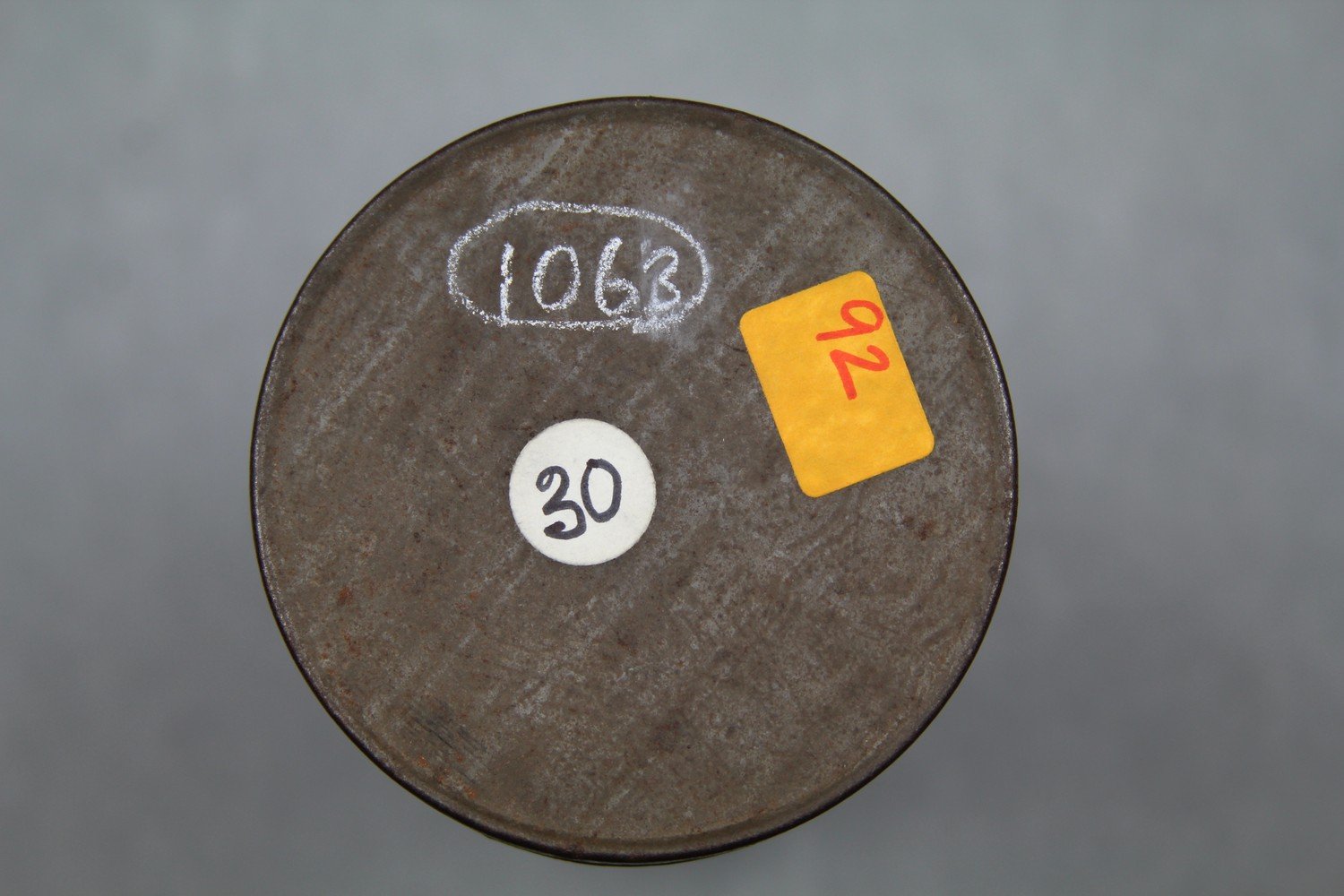      | Alice Moyle (AIAS, now AIATSIS) completed audition sheets for the Torres Strait cylinder collection in 1985. Copies of these are held at the British Library. | ||||||||
| C80/1482 | Ali and Ontong | Mahmoud Ali (singer, male); Charlie Ontong (singer, male) | Torres Strait Islands | 23 May 1898 – 20 July 1898 | 1. Announcement: "Song, by Mahmoud Ali." 2. Unaccompanied male vocal solo. 3. "Song by Charlie Ontong." 4. Unaccompanied male vocal solo. | Reasonable quality recording but with surface noise. It is not clear whether Ali was present only on the outward journey from Mer / Murray Island to New Guinea or whether he was present for the entire New Guinea trip. The date range reflects the entire New Guinea leg. | Field recordings | 3'09" | 1898 Cambridge Anthropological Expedition to Torres Straits | Brown wax cylinder. Cardboard cylinder case. | Alfred Cort Haddon 1898 Expedition (Torres Strait and British New Guinea) Cylinder Collection | British Library | 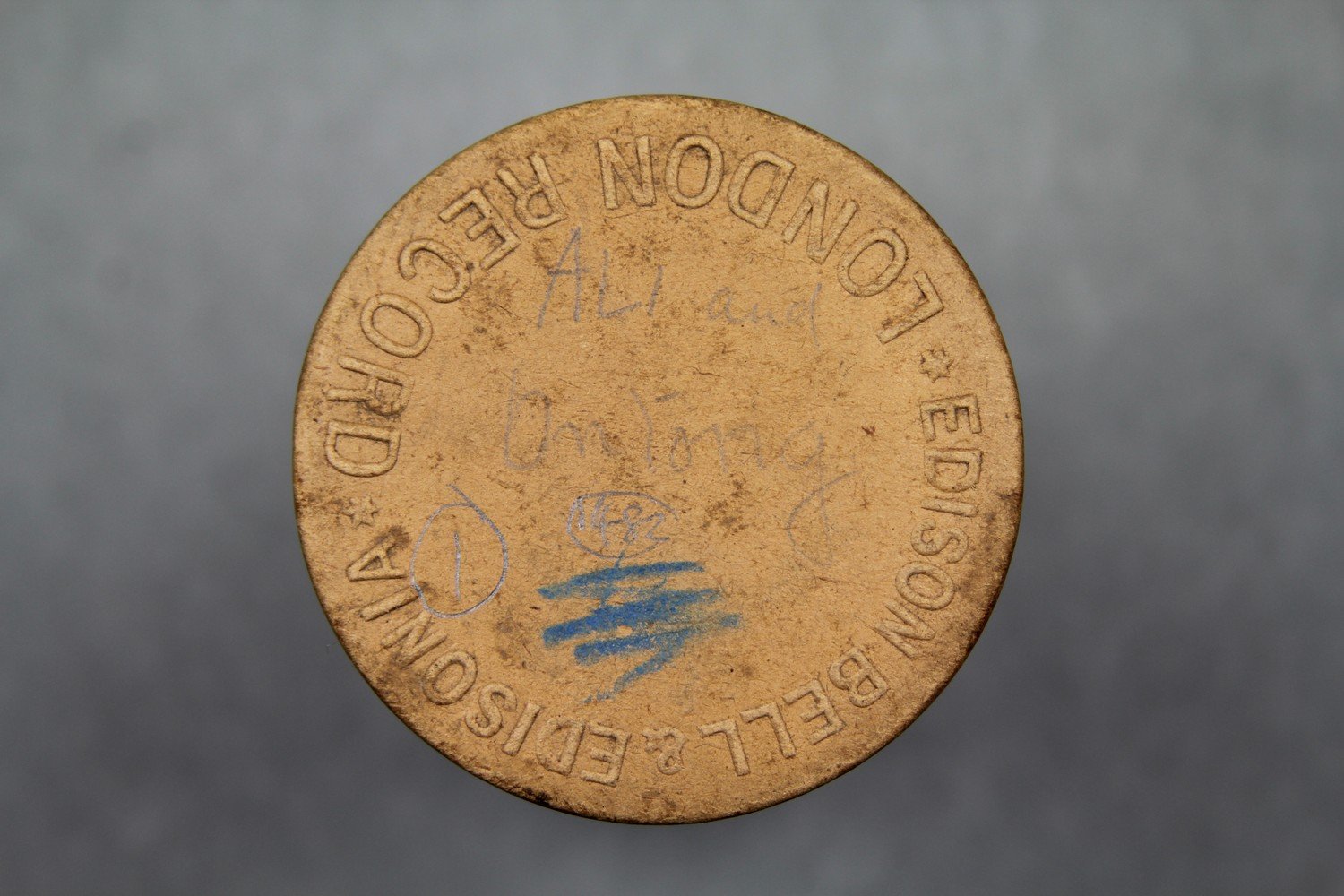      | |||||||||
| C80/1495 | Kaper Kaper Story | Unidentified (singer, male) | Torres Strait Islands | 22 April 1898 – 15 November 1898 | 1. Unaccompanied male vocal solo. Seskip is mentioned in folk tale 21 Kaperkaper, the Cannibal (Haddon 1908 VI:53). This story was also recorded on Mer / Murray Island in 1968 (Lawrie 1970:316-317). Seskip was her youngest daughter. They lived on the hill at Babud. Female figurine in the Museum of Archaeology and Anthropology, Cambridge. | Very short recording with weak signal - possibly cylinder is a badly shaved blank. As no specific recording location has been identified, the recording date range is based on when any members of the Cambridge Expedition were present in the Torres Strait in 1898. | Field recordings | 0'29" | 1898 Cambridge Anthropological Expedition to Torres Straits | Brown wax cylinder. Cardboard cylinder case. | Alfred Cort Haddon 1898 Expedition (Torres Strait and British New Guinea) Cylinder Collection | British Library | 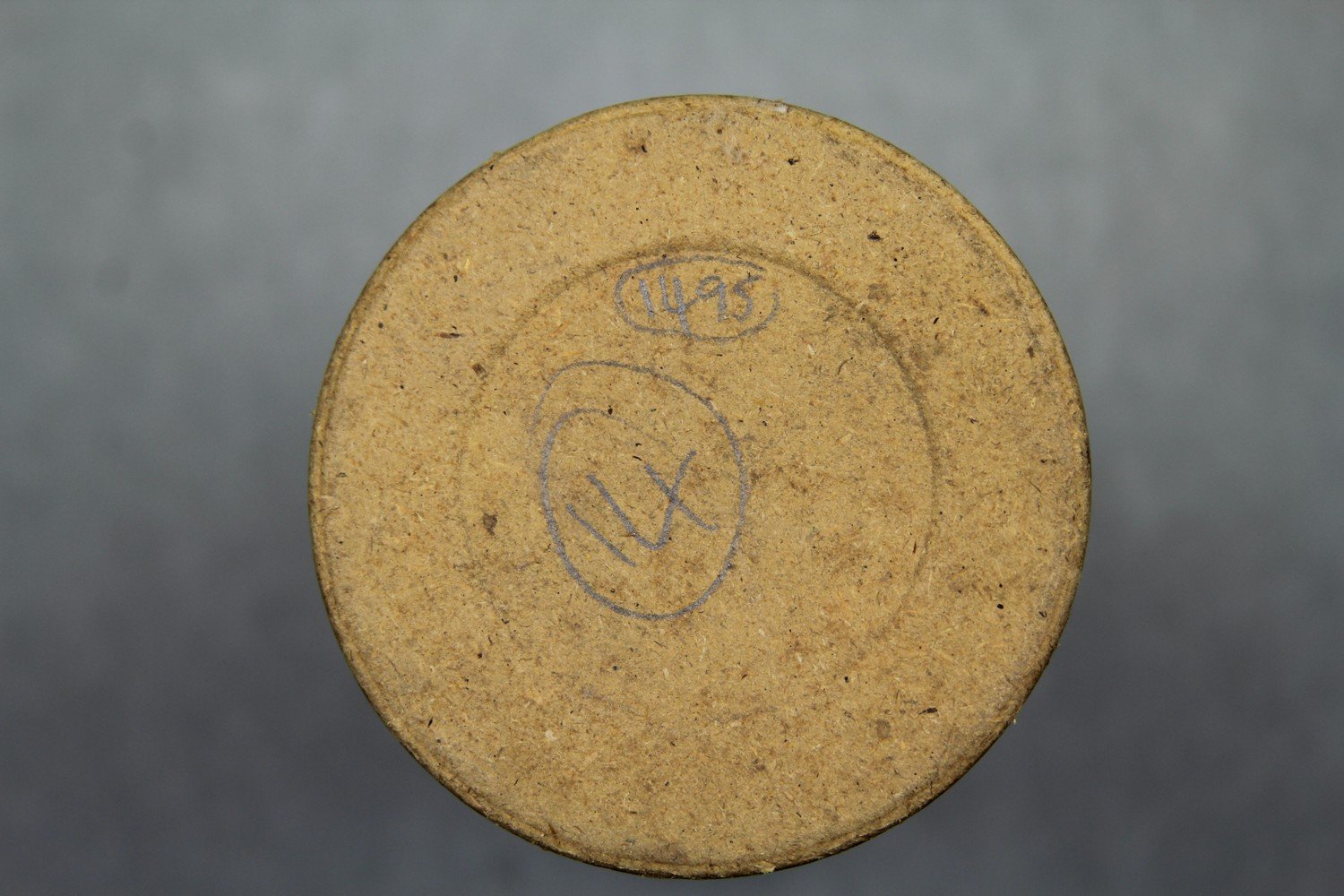 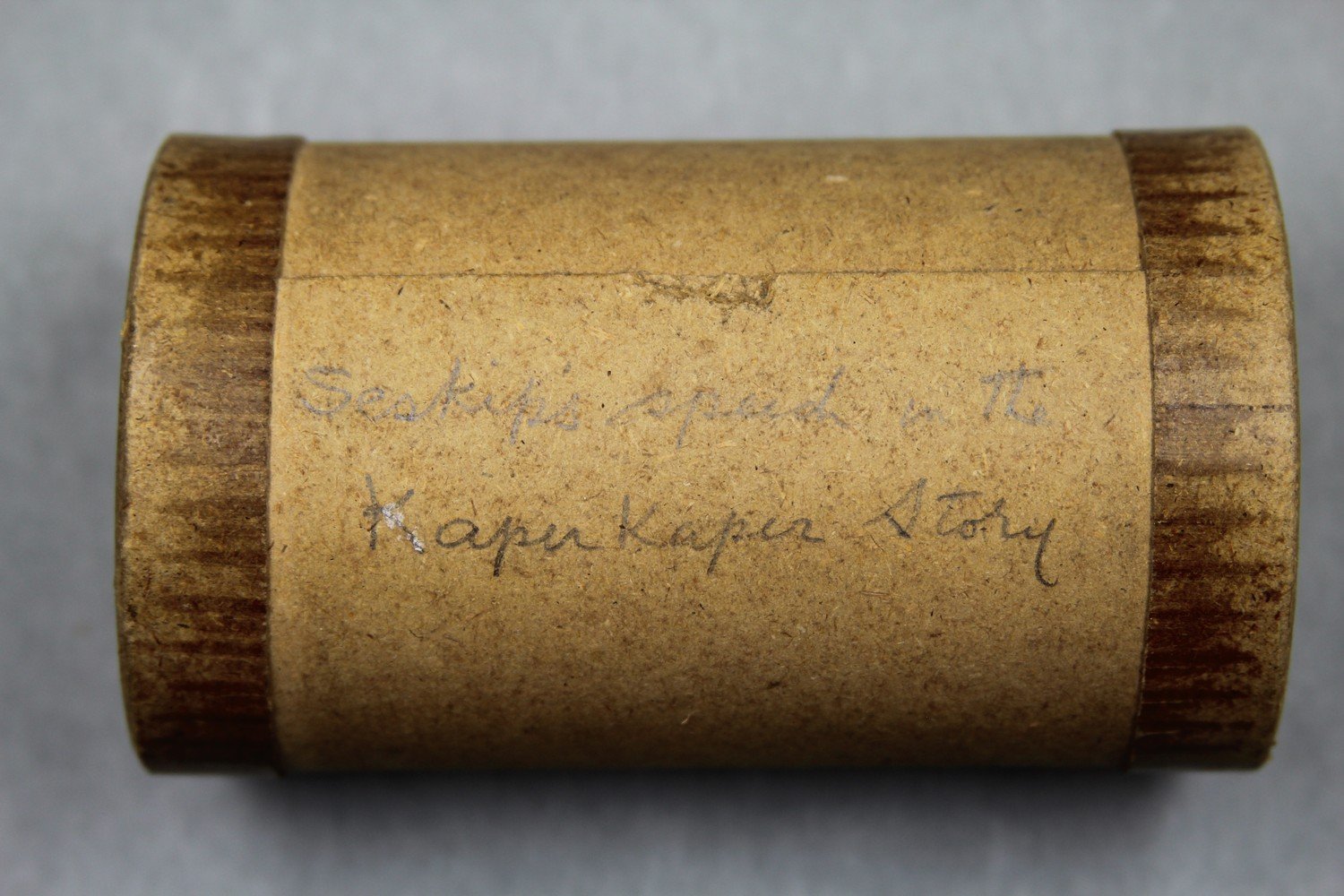     | Haddon, A.C. (ed.) 1908. Reports of the Cambridge Anthropological Expedition to Torres Strait: Volume VI, Sociology, Magic and Religion of the Eastern Islanders. Cambridge: Cambridge University Press. British Library shelfmark General Reference Collection YC.2011.b.632. | Lawrie, Margaret. 1970. Myths and Legends of Torres Strait / Songs from Torres Strait. St. Lucia, Queensland: University of Queensland Press. British Library shelfmark General Reference Collection Cup.24.r.9. | |||||||
| C80/1497 | Naval brigade | Unidentified (chorus) | Torres Strait Islands | 22 April 1898 – 15 November 1898 | 1. Truncated, indecipherable announcement. 2. Unaccompanied mixed voice choir. This cylinder has the same previous C62 shelfmark as C680/1496. They are different recordings. | As no specific recording location has been identified, the recording date range is based on when any members of the Cambridge Expedition were present in the Torres Strait in 1898. | Field recordings | 2'38" | 1898 Cambridge Anthropological Expedition to Torres Straits | Brown wax cylinder. Cardboard cylinder case. | Alfred Cort Haddon 1898 Expedition (Torres Strait and British New Guinea) Cylinder Collection | British Library | 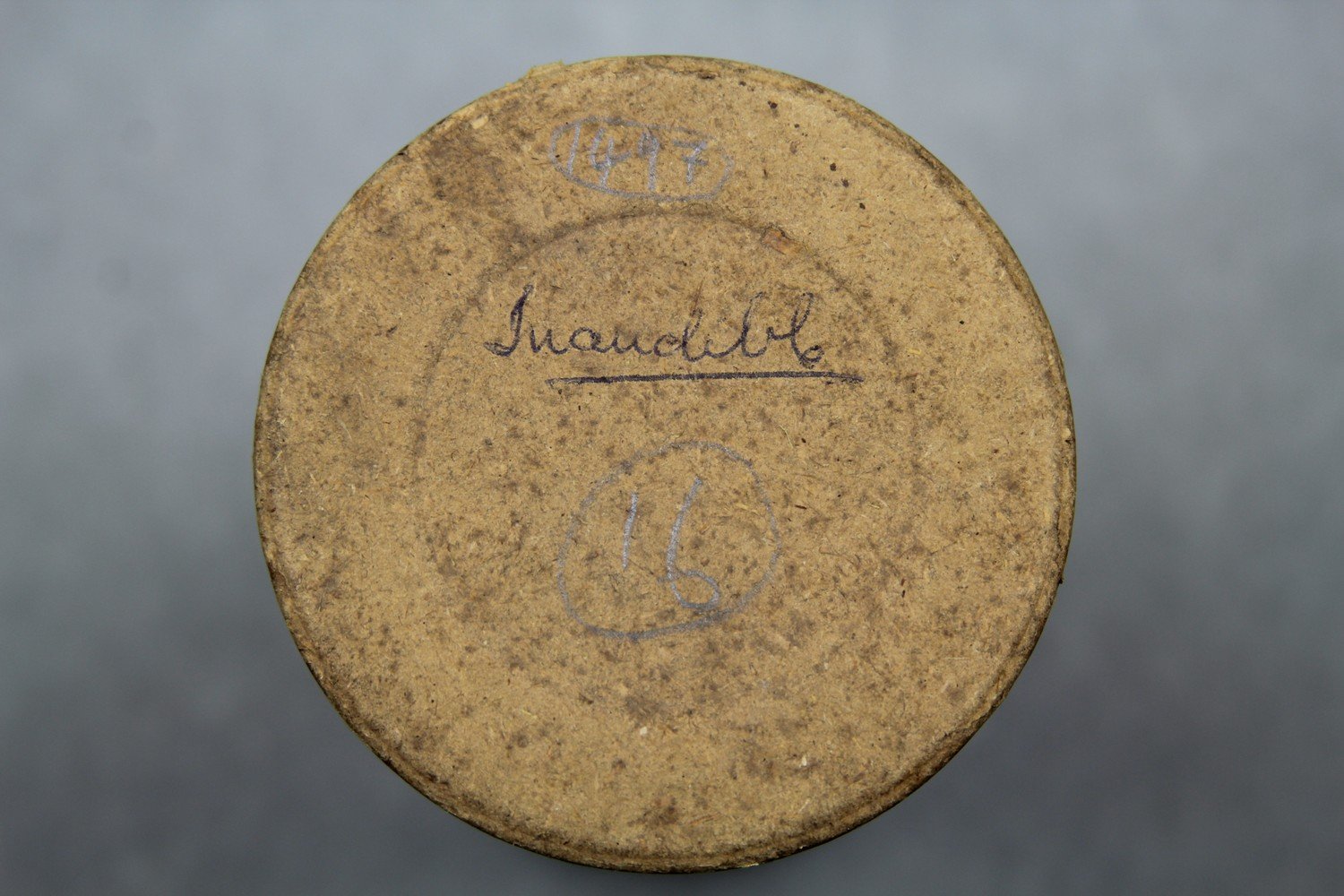 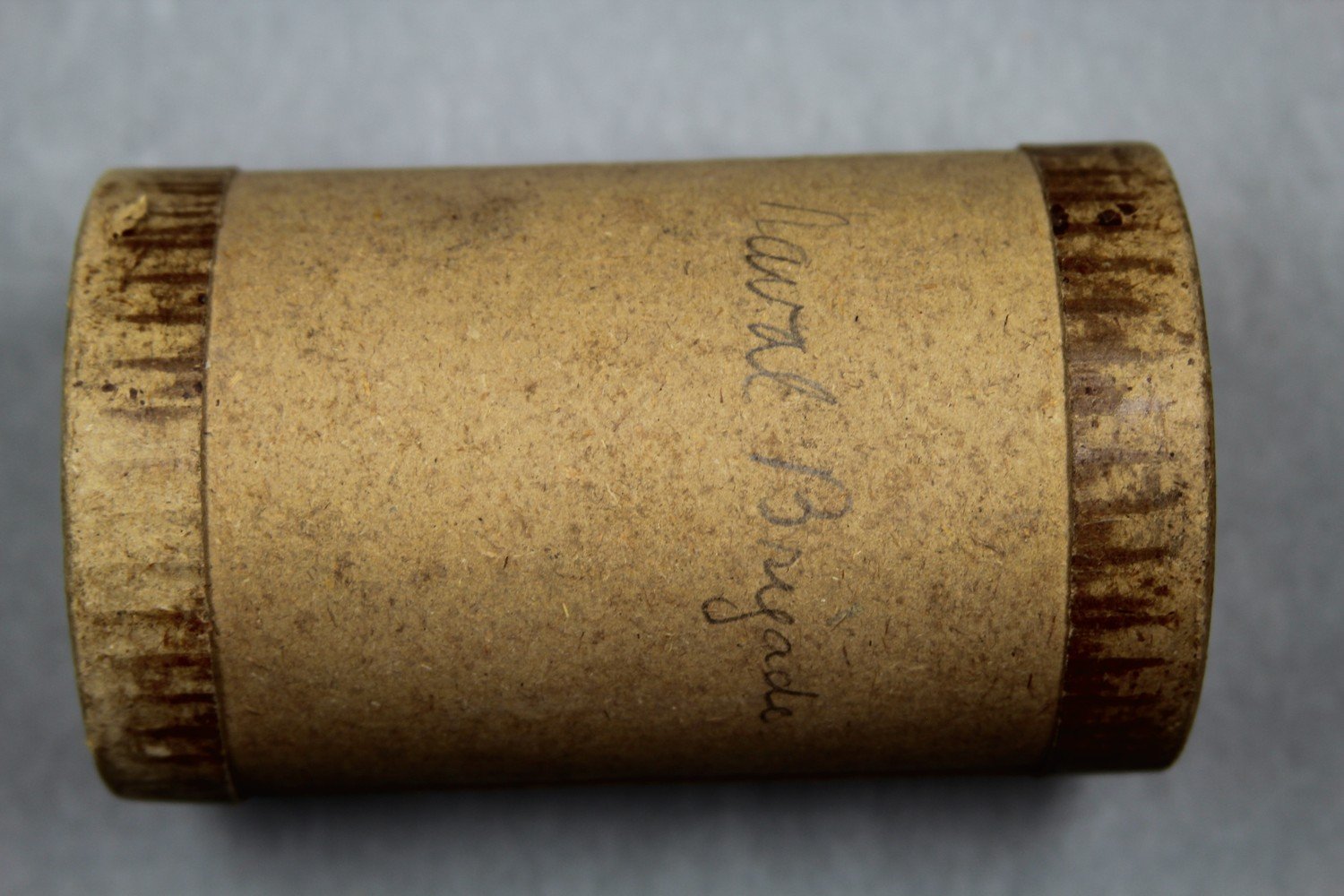     | |||||||||
| C80/471 | Ali and Ontong | Ali, Mahmoud (singer, male); Ontong, Charlie (singer, male) | Torres Strait Islands, Colony of Queensland | 23 May 1898 – 20 July 1898 | 1. Announcement: "Song, by Mahmoud Ali." 2. Unaccompanied male vocal solo. 3. Announcement: "Song by Charlie Ontong." 4. Unaccompanied male vocal solo. No further information. | From Indonesia; Malaysia | Very poor quality recording - almost inaudible. It is not clear whether Ali was present only on the outward journey from Mer / Murray Island to New Guinea or whether he was present for the entire New Guinea trip. The date range reflects the entire New Guinea leg. C80/471 and C80/479 (better quality) are duplicates. | Field recordings | 3'20" | 1898 Cambridge Anthropological Expedition to Torres Straits | Brown wax cylinder, Edison Bell | Alfred Cort Haddon 1898 Expedition (Torres Strait and British New Guinea) Cylinder Collection | British Library | 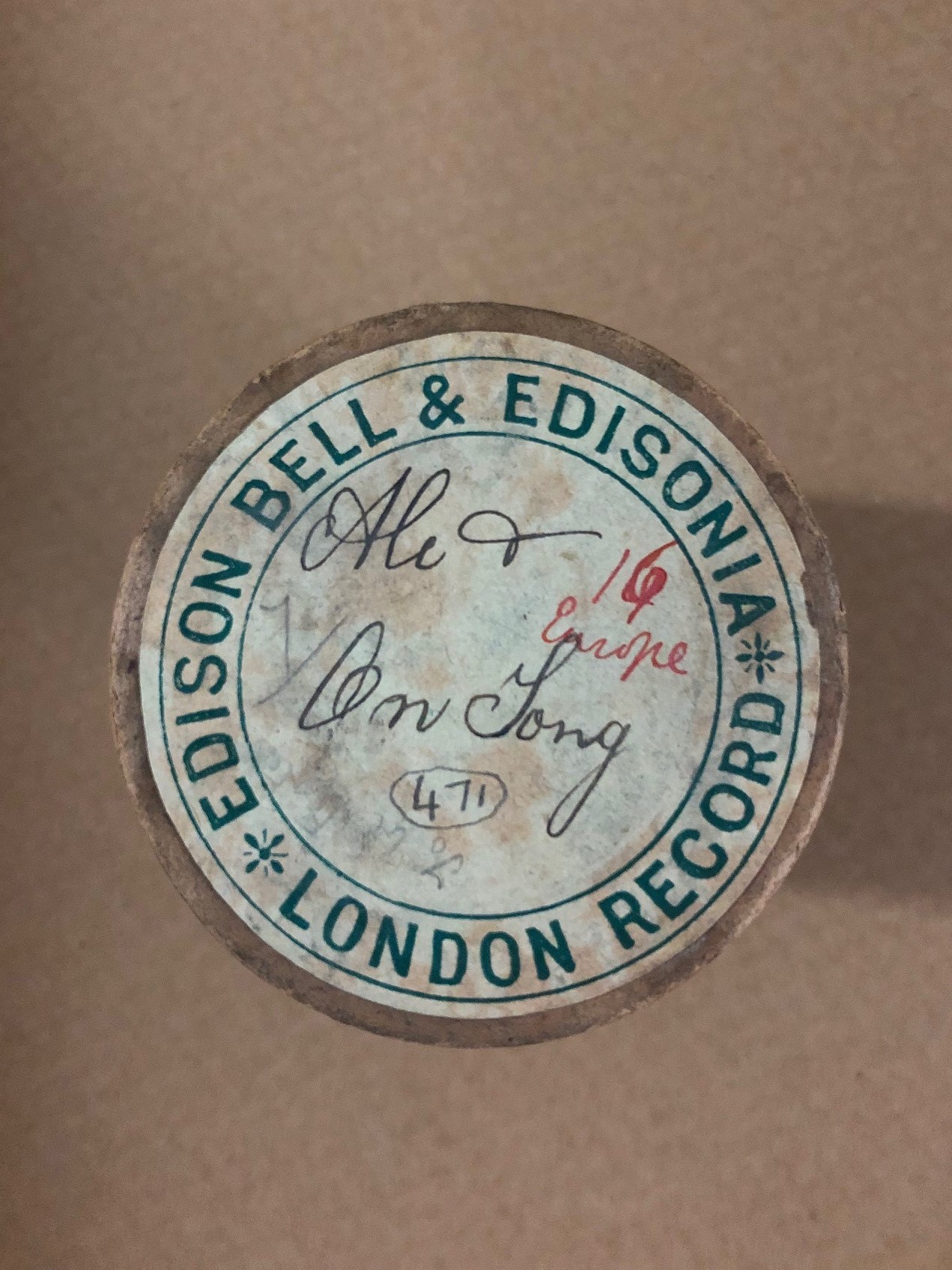      | ||||||||
| C80/479 | Ali and Ontong | Ali, Mahmoud (singer, male); Ontong, Charlie (singer, male) | Torres Strait Islands, Colony of Queensland | 23 May 1898 – 20 July 1898 | 1. Announcement: "Song, by Mahmoud Ali." 2. Unaccompanied male vocal solo. 3. Announcement: "Song by Charlie Ontong." 4. Unaccompanied male vocal solo. No further information. | From Indonesia; Malaysia | Reasonable quality recording but with weak signal and surface noise. It is not clear whether Ali was present only on the outward journey from Mer / Murray Island to New Guinea or whether he was present for the entire New Guinea trip. The date range reflects the entire New Guinea leg. C80/471 and C80/479 (better quality) are duplicates. | Field recordings | 3'45" | 1898 Cambridge Anthropological Expedition to Torres Straits | Brown wax cylinder, Edison Bell | Alfred Cort Haddon 1898 Expedition (Torres Strait and British New Guinea) Cylinder Collection | British Library | 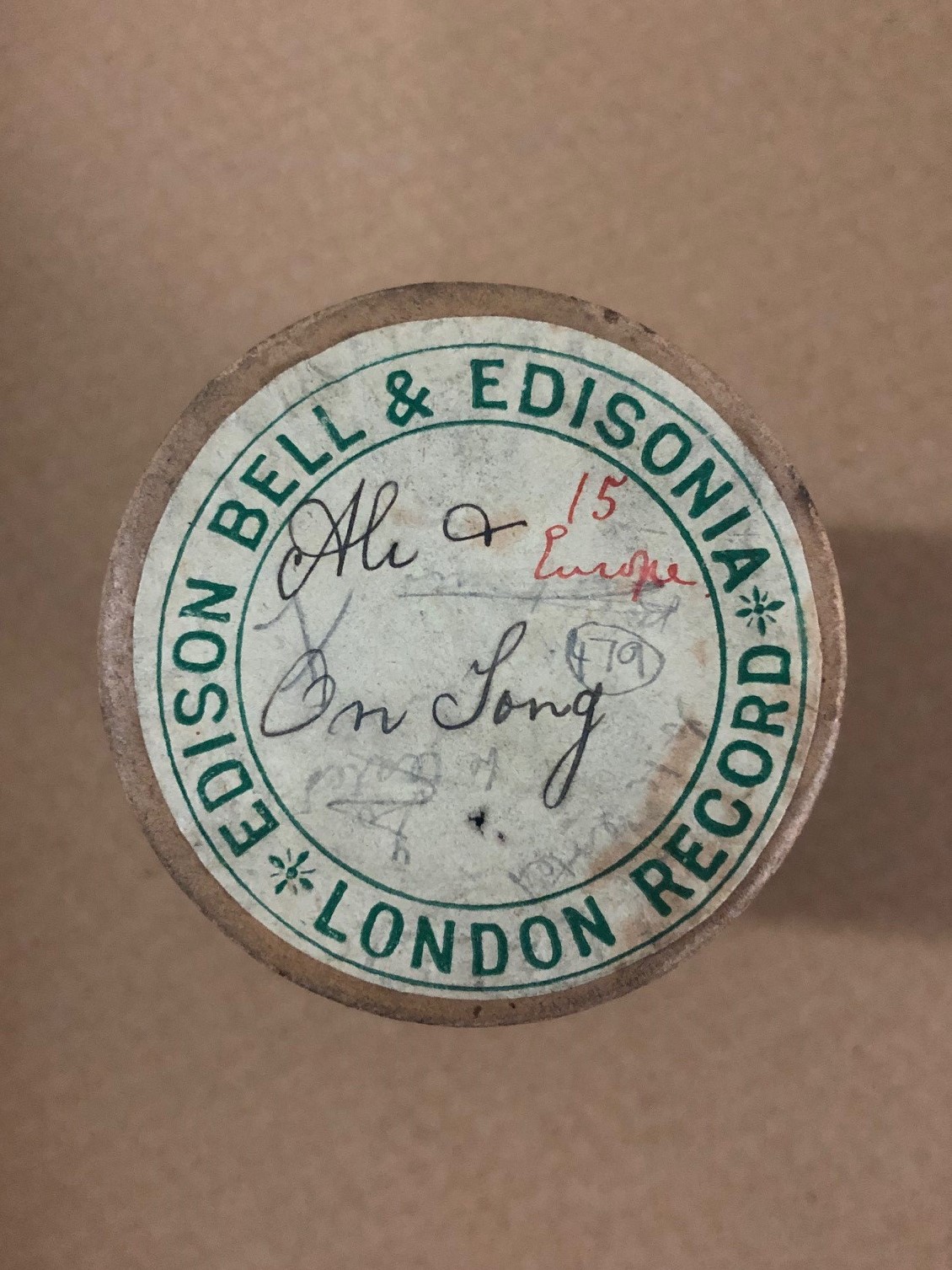      |
A final identifiable sub-set of recordings includes songs derived from other cultures outside of the Torres Strait. These include Samoan (C80/1055, C80/1488), Rotuman (C80/722, C80/1061) and Japanese (C80/1049-1051). Torres Strait Islanders “adopted” songs from other Pacific communities following the suppression of traditional Torres Strait songs by Samoan mission teachers; Samoan sitting dances and Rotuman dances were particularly popular (Laade 1977:7).
Rotuman dances are briefly described by Haddon (1901:36, 53). Myers wrote that George Rotuma was the only Rotuman person he saw on Mer and he is mentioned several times in Myers’ journal (1898:73). George ‘Roki’ sang Rotuma songs into the phonograph with Ray on 5 September 1898, suggesting that George is the likeliest performer on C80/1061 (Ray 1898:86).
Haddon mentioned Finau, a Samoan teacher, although noted, “He evidently thought that the interest we took in the old customs and ceremonies would tend to a recrudescence of paganism, and there is little doubt that he intentionally hindered and hampered our investigations” (1901:35). Finau did allow “certain South Sea dances”, which were tutored by a Rotuman person (1901:35-36).
The Japanese song titles contain either jinku, uta or bushi, which translate to ‘song’ (Ferranti, et al. 2001 via Grove Music Online). Bushi can mean ‘tune, melody’.
Haddon noted that Japanese people “form the bulk of the population” of Thursday Island (1901:2). A Japanese diver and two sailors from Rotuma were on board the Freya, which transported Haddon, Rivers, Ray and Seligmann from Thursday Island on 30 April 1898 (Haddon 1901:4).
Girls from Las and other villages sang Japanese songs on a visit to the other side of Mer (Haddon 1901:36).
Ray and Myers described attending a “conversazione” given by Japanese Christians in honour of the Bishop Barlow of North Queensland (Myers 1898:39; Ray 1898:34-35).7The event was mentioned in local newspapers (1898. Telegrams. The Telegraph (Brisbane, Qld. : 1872 – 1947), 30 April. p.7b. [online] Available from: http://nla.gov.au/nla.news-page19954443 [Accessed 7 January 2021]. Japanese songs were performed and accompanied by the shamisen (Ray 1898:34-35). This event could be the most likely situation for the recording of the Japanese songs.
| British Library shelfmark | Recording title | Performer name | Recording location | Recording date | Content description | Performer description | Recording notes | Languages | Genre | Recordist | Recording length | Recording trip | Description of cylinder | Collection title | Cylinder location | Images of cylinder containers / documentation | Related print publication: | Related print publication: | Related print publication: | Related print publication: | Related print publication: | Related print publication: |
|---|---|---|---|---|---|---|---|---|---|---|---|---|---|---|---|---|---|---|---|---|---|---|
| C80/1049 | Wrestling Song | Minami, S. (singer, male) | Torres Strait Islands | 22 April 1898 – 15 November 1898 | 1. Announcement: "Sumo Jinku, wrestling song by S. Minami". 2. Unaccompanied male vocal solo. This is a Japanese song, with 'jinku' meaning ‘song' (Ferranti, et al. 2001 via Grove Music Online). Inscription on insert notes: 'Sumo Jinku / Wrestling song / by S. Minami.' On reverse: previous notes from recordist. The paper must have been reused. | Poor quality recording with weak signal and surface noise. As no specific recording location has been identified, the recording date range is based on when any members of the Cambridge Expedition were present in the Torres Strait in 1898. However, Sidney Ray noted that he attended a 'conversazione' given by Japanese Christians on Thursday Island on 29 April 1898 (1898:34-35). Japanese songs (described as uda [sic]) were performed with shamisen accompaniment. | Japanese | Field recordings | 1'53" | 1898 Cambridge Anthropological Expedition to Torres Straits | Brown wax cylinder. Metal cylinder case. | Alfred Cort Haddon 1898 Expedition (Torres Strait and British New Guinea) Cylinder Collection | British Library |  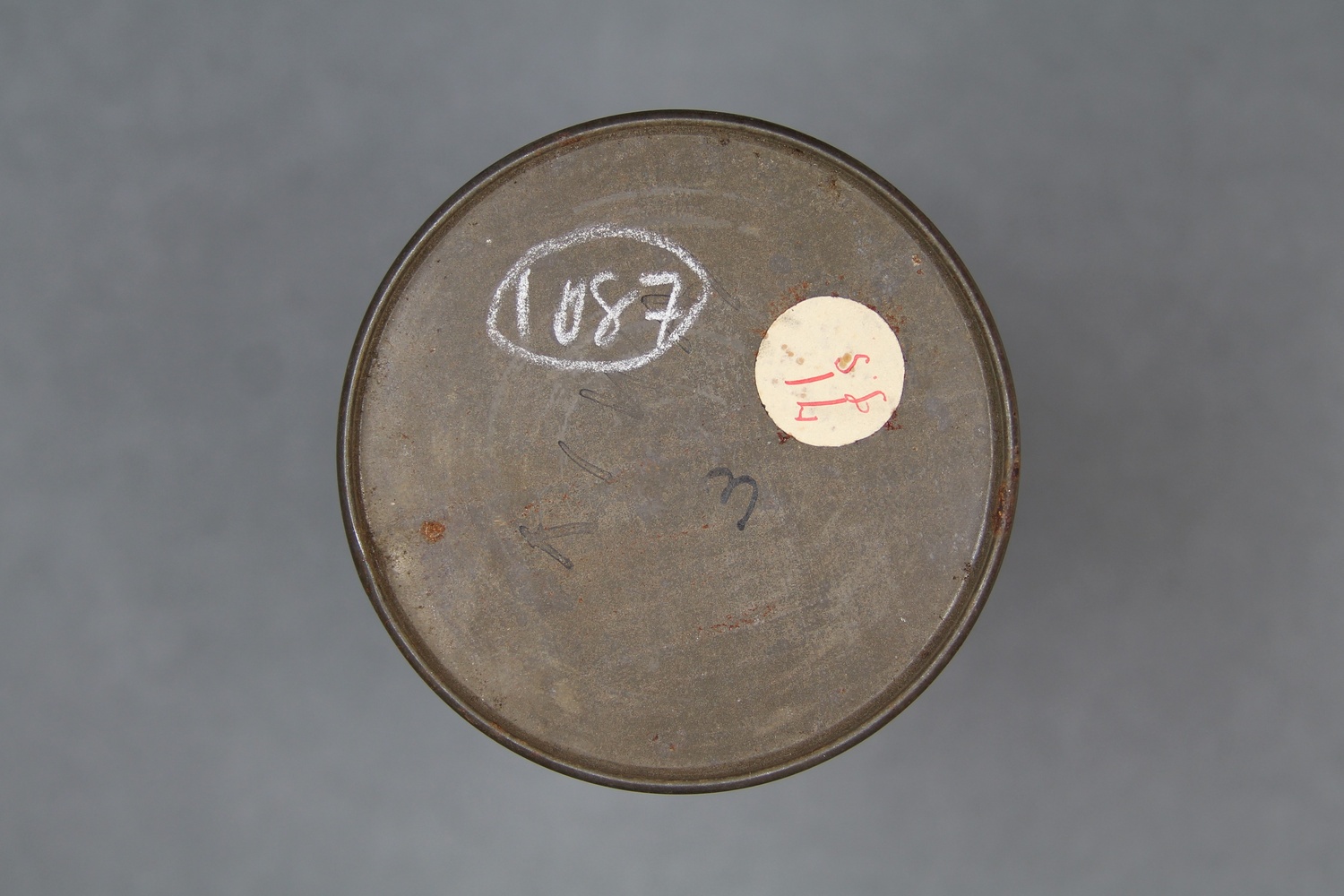 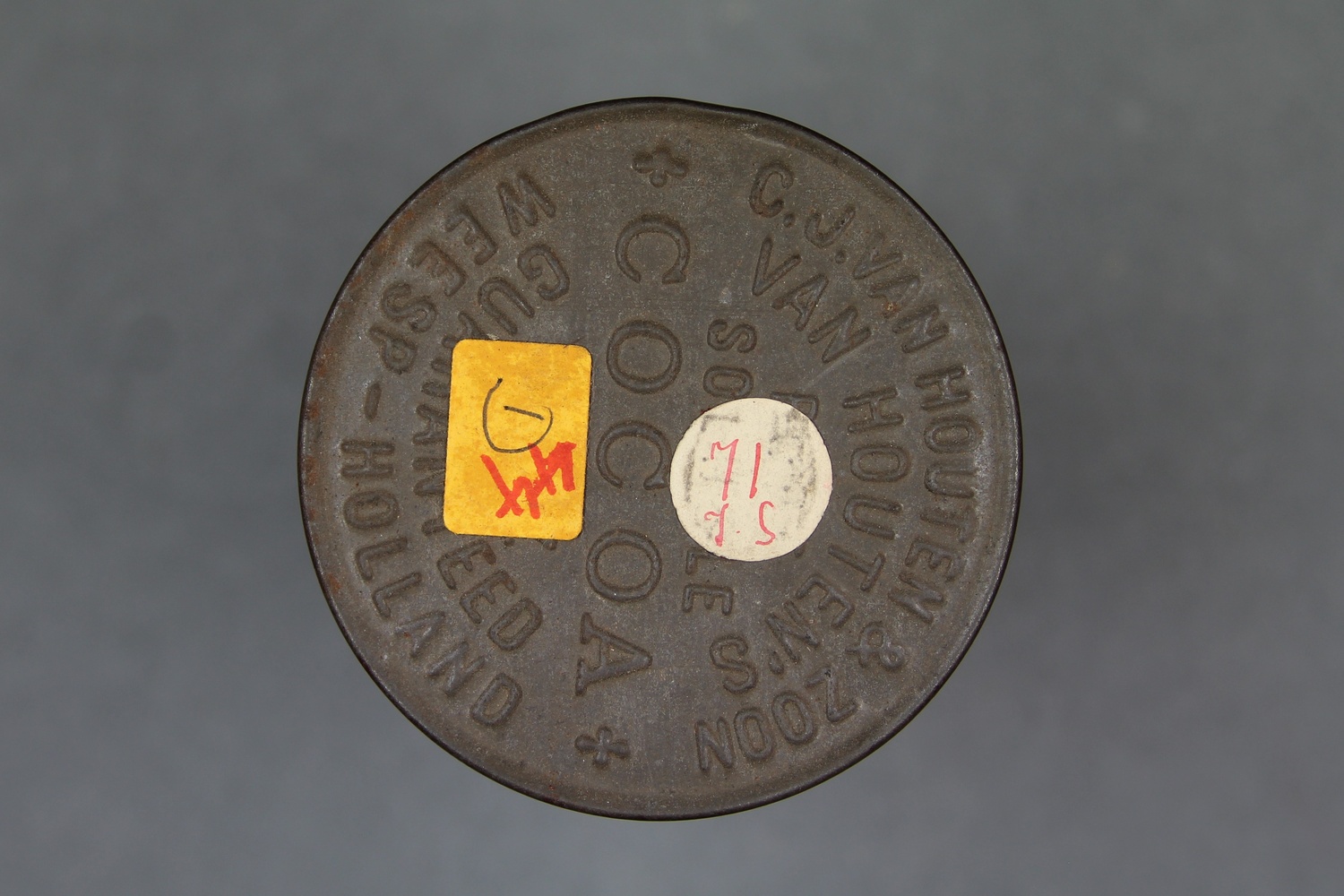    | Ray, S.H. 1898-99. Journal: Torres Straits Expedition 1898-99. [manuscript] Copies of journals and correspondence of Sidney Herbert Ray. MS 380314. London: SOAS Library. | |||||||
| C80/1050 | Hunting Song | Minami, S. (singer, male) | Torres Strait Islands | 22 April 1898 – 15 November 1898 | 1. Announcement: "Hunting song, Kariudo uta, by S. Minami." 2. Unaccompanied male vocal solo. This is a Japanese song, with 'kariudo uta' translating to 'hunter song'. Inscription on insert notes: 'Hunting Song / Kariudo Uta / by S. Minami.' | Reasonable quality recording. As no specific recording location has been identified, the recording date range is based on when any members of the Cambridge Expedition were present in the Torres Strait in 1898. However, Sidney Ray noted that he attended a 'conversazione' given by Japanese Christians on Thursday Island on 29 April 1898 (1898:34-35). Japanese songs (described as uda [sic]) were performed with shamisen accompaniment. | Japanese | Field recordings | 2'43" | 1898 Cambridge Anthropological Expedition to Torres Straits | Brown wax cylinder. Metal cylinder case. | Alfred Cort Haddon 1898 Expedition (Torres Strait and British New Guinea) Cylinder Collection | British Library | 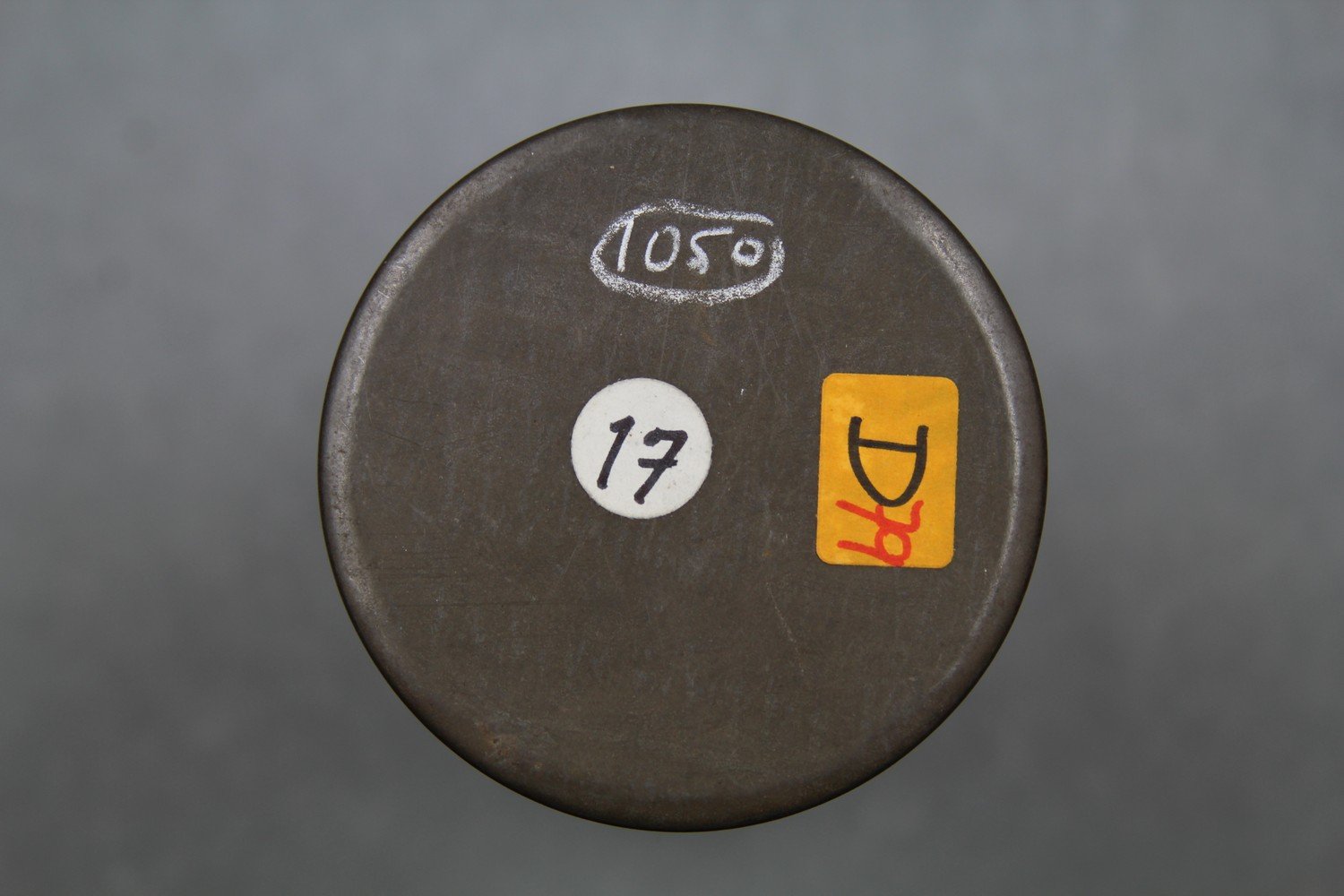 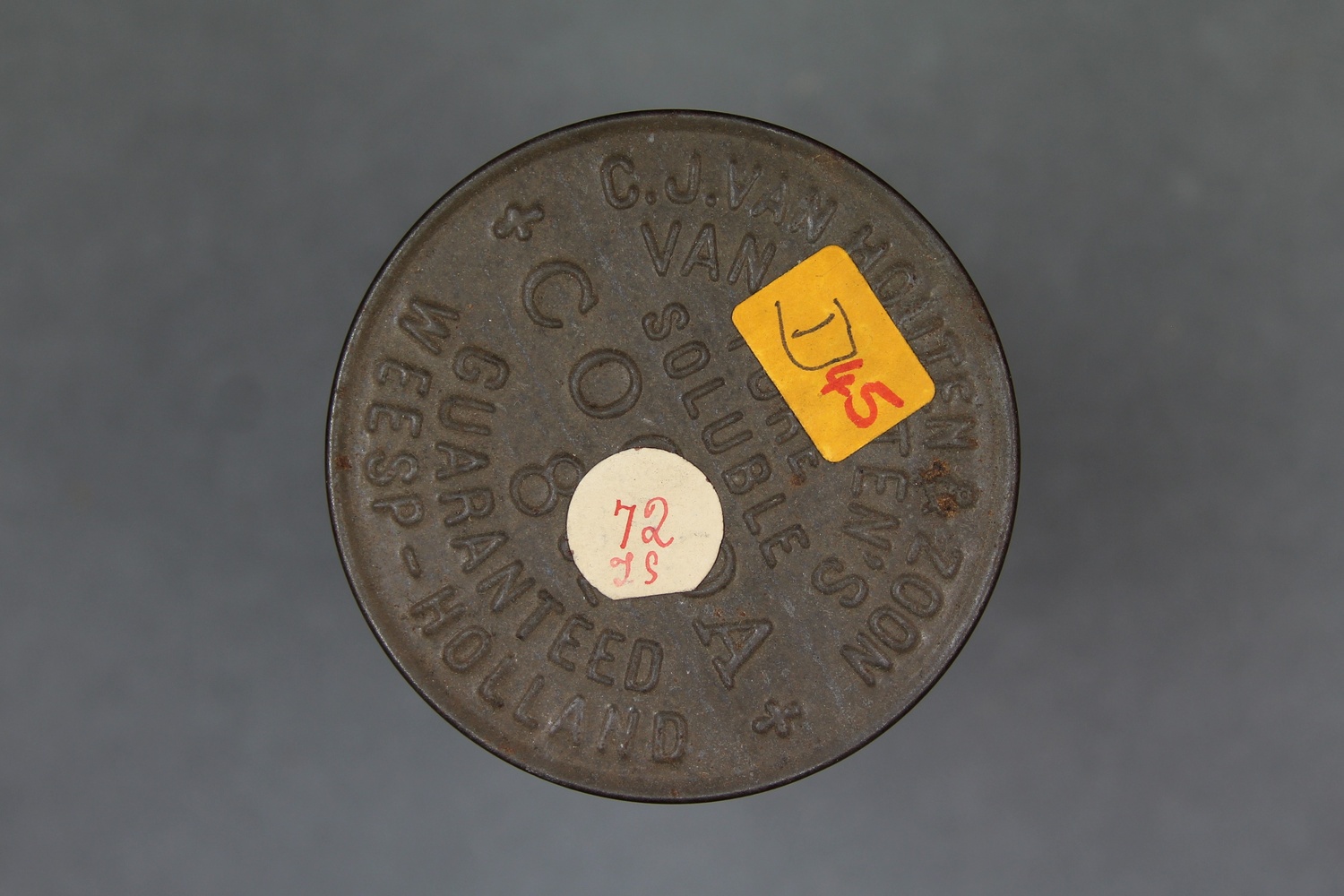     | Ray, S.H. 1898-99. Journal: Torres Straits Expedition 1898-99. [manuscript] Copies of journals and correspondence of Sidney Herbert Ray. MS 380314. London: SOAS Library. | |||||||
| C80/1051 | Workman's Song | Fujita, K. (singer, male) | Torres Strait Islands | 22 April 1898 – 15 November 1898 | 1. Announcement: "[Indecipherable] … by K Fujita". 2. Unaccompanied male vocal solo. 3. Indec. announcement. 4. Unaccompanied male vocal solo. Inserted in the cylinder were two notes: '1) Music/Murray[?] for Dauar cliffs. / 2 [illeg] / cave drawing / HMS Sheldrake / pearls'. 2) [on reverse] workman's song / Dokata Bushi'; 3) Tud {male sign} / Murray I.? / -- child / -- Bamba / Dauar / Murray I 1845 Fly / 1889 Mission, / Tut [illeg] / Saibai -- / Murray --'; [on reverse] 4) Aho darakia / Fools' sermon / by K. Fujita'. This is a Japanese song, with 'bushi' meaning ‘tune, melody' (Ferranti, et al. 2001 via Grove Music Online). 'Dokata' translates to 'labourer, construction worker'. The latter is noted as derogatory ( https://en.wiktionary.org/wiki/%E5%9C%9F%E6%96%B9#Japanese). 阿呆 or 'aho' is a slang word meaning 'fool'. It is more commonly used in the Kansai region of Japan (https://ja.wikipedia.org/wiki/%E9%98%BF%E5%91%86). H.M.S. Fly was commanded by Captain F.P. Blackwood, 1842-46. The narrative (Jukes 1847) mentions Muralug, Nagir, Yam, Umaga, Damut, Kodal, Masig, Erub and Mer (Haddon 1935:12). Haddon presented a copy of a plate in Juke's "Voyage of the 'Fly'" during a lantern slide entertainment on Mer / Murray Island (Haddon 1898:67; 1901:37). | Reasonable quality recording As no specific recording location has been identified, the recording date range is based on when any members of the Cambridge Expedition were present in the Torres Strait in 1898. However, Sidney Ray noted that he attended a 'conversazione' given by Japanese Christians on Thursday Island on 29 April 1898 (1898:34-35). Japanese songs (described as uda [sic]) were performed with shamisen accompaniment. | Japanese | Field recordings | 2'02" | 1898 Cambridge Anthropological Expedition to Torres Straits | Brown wax cylinder. Metal cylinder case. | Alfred Cort Haddon 1898 Expedition (Torres Strait and British New Guinea) Cylinder Collection | British Library | 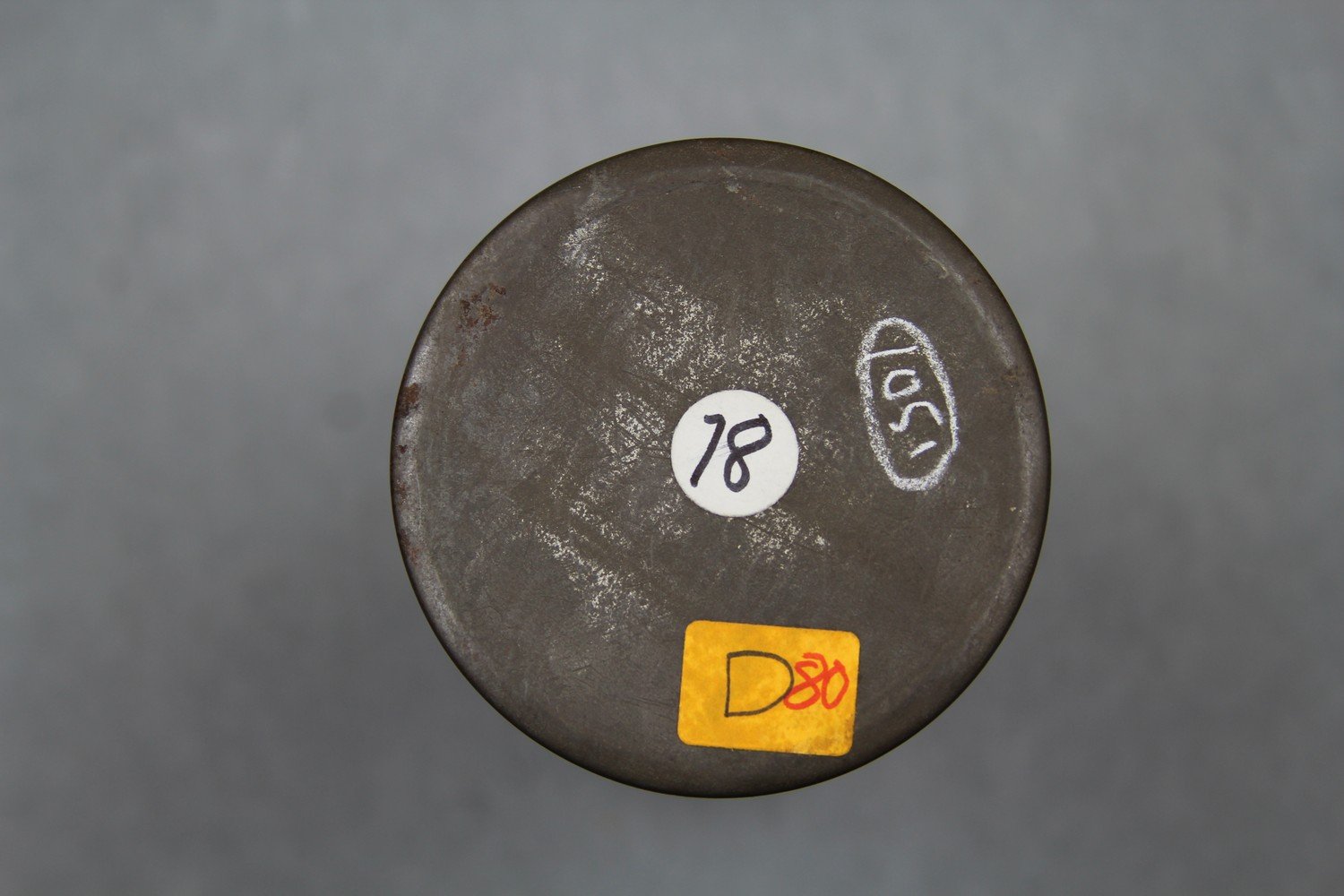 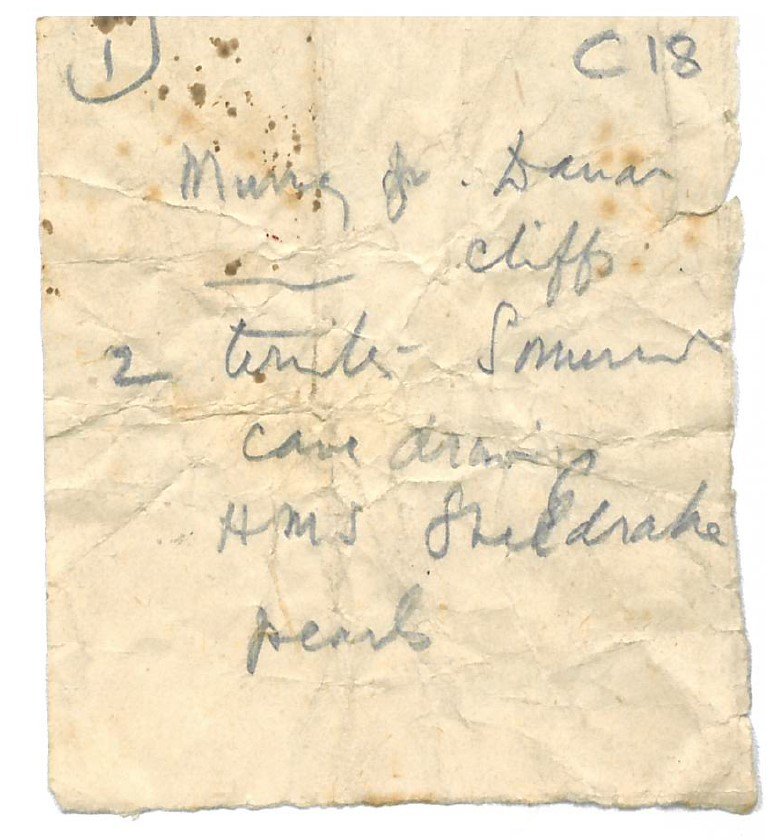 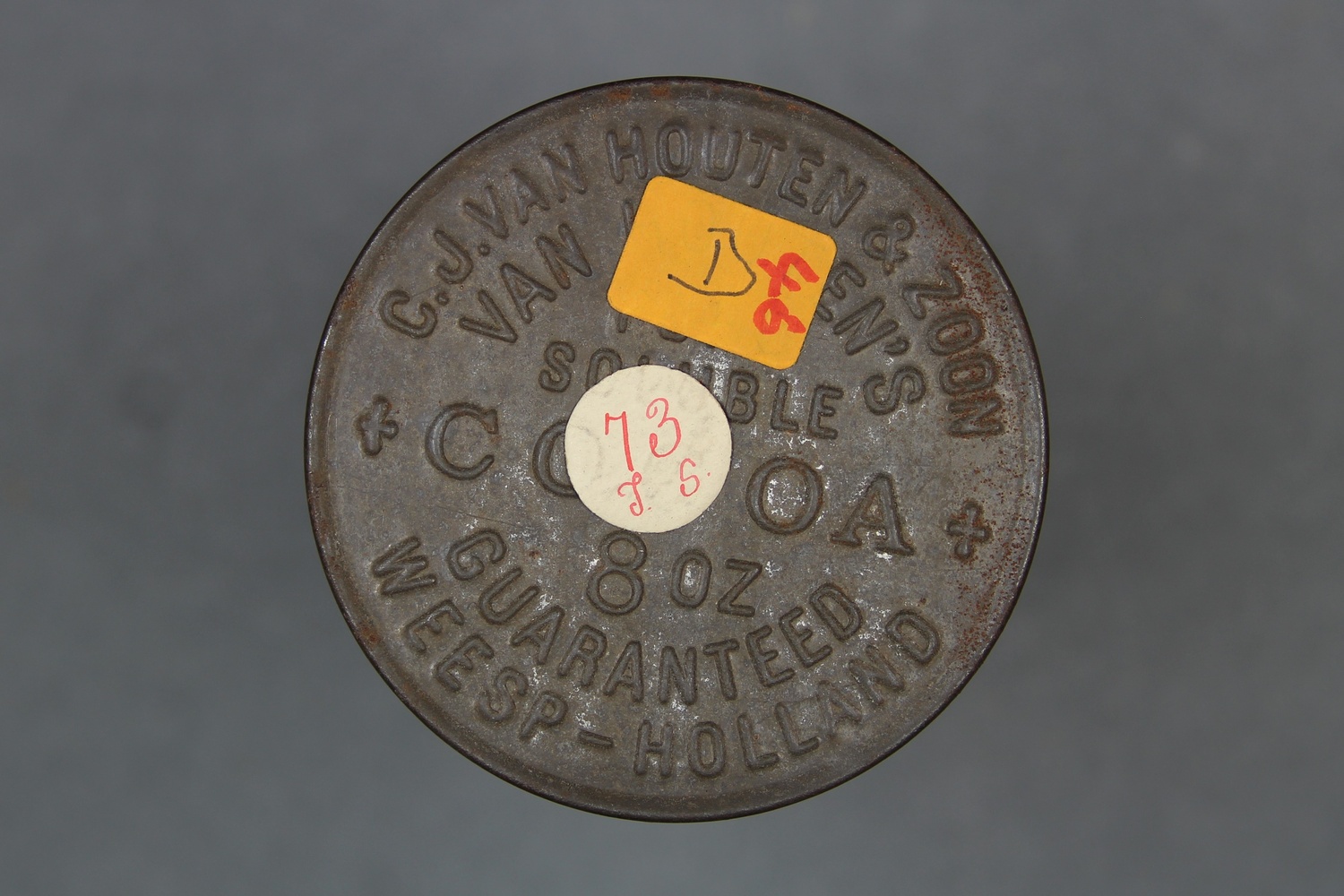  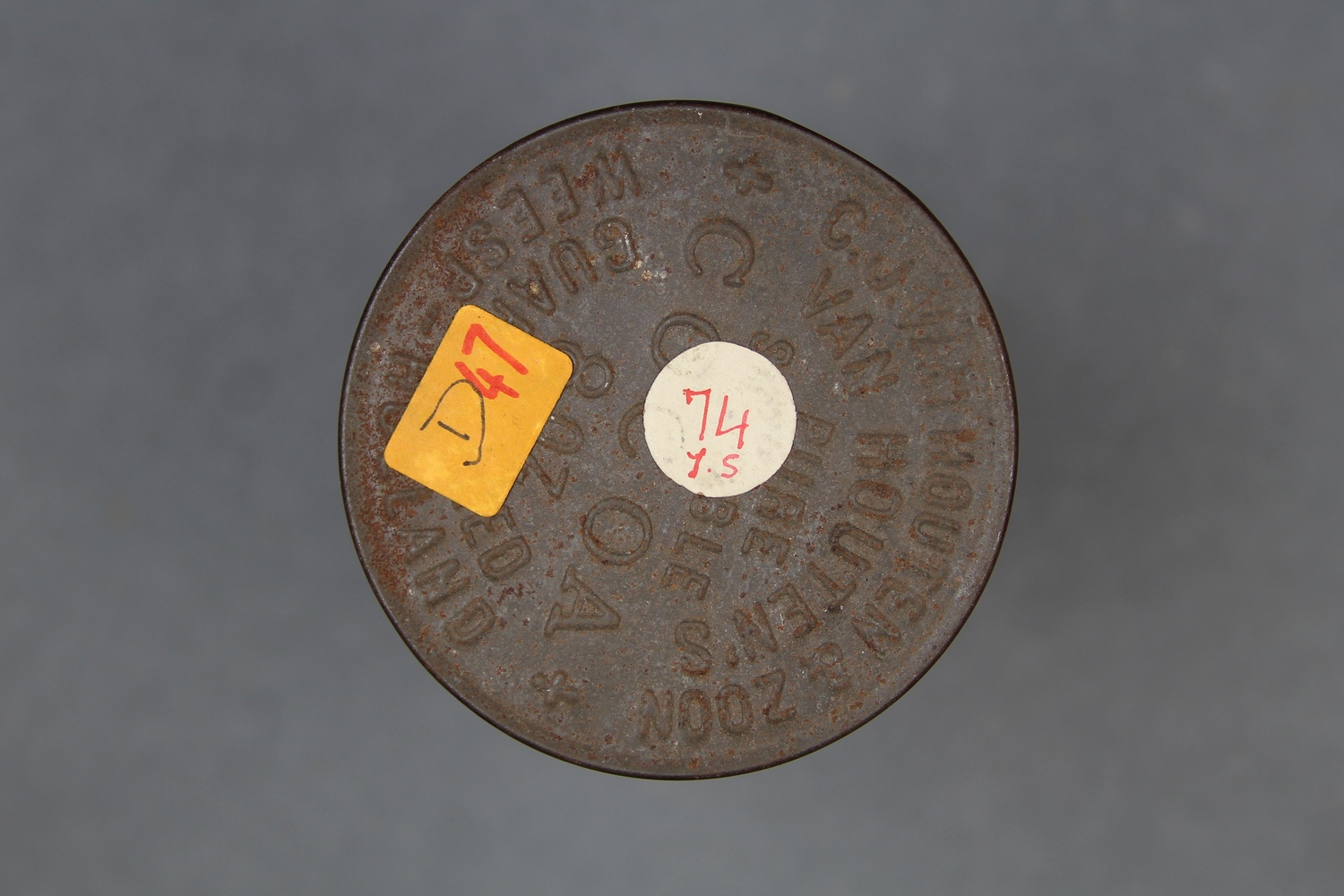  | Ray, S.H. 1898-99. Journal: Torres Straits Expedition 1898-99. [manuscript] Copies of journals and correspondence of Sidney Herbert Ray. MS 380314. London: SOAS Library. | Haddon, A.C. 1898-89. Journal. [manuscript] MS.HADDON. Cambridge: Cambridge University Library. | Haddon, A.C. (ed.) 1935. Reports of the Cambridge Anthropological Expedition to Torres Strait: Volume I, General Ethnography. Cambridge: Cambridge University Press. British Library shelfmark General Reference Collection YC.2011.b.630. | |||||
| C80/1055 | Samoan | Finau (singer, male) | Mer / Murray Island, Torres Strait Islands | 6 May 1898 – 8 September 1898 | 1. Announcement: "Samoan song by Finau [?]". 2. Unaccompanied male vocal solo. Cylinder box has the word 'Samoan' [not present], and has the wrong lid, which has 'Wei a' written on it. This does not match contents of cylinder. Cardboard lid on metal tin. Sticker: ‘Wa___g’. | Poor quality recording with heavy surface noise. As no specific recording location has been identified, the recording date range is based on when any members of the Cambridge Expedition were present in the Torres Strait in 1898. | Samoan | Field recordings | 2'18" | 1898 Cambridge Anthropological Expedition to Torres Straits | Brown wax cylinder. Cardboard lid on metal tin. | Alfred Cort Haddon 1898 Expedition (Torres Strait and British New Guinea) Cylinder Collection | British Library | 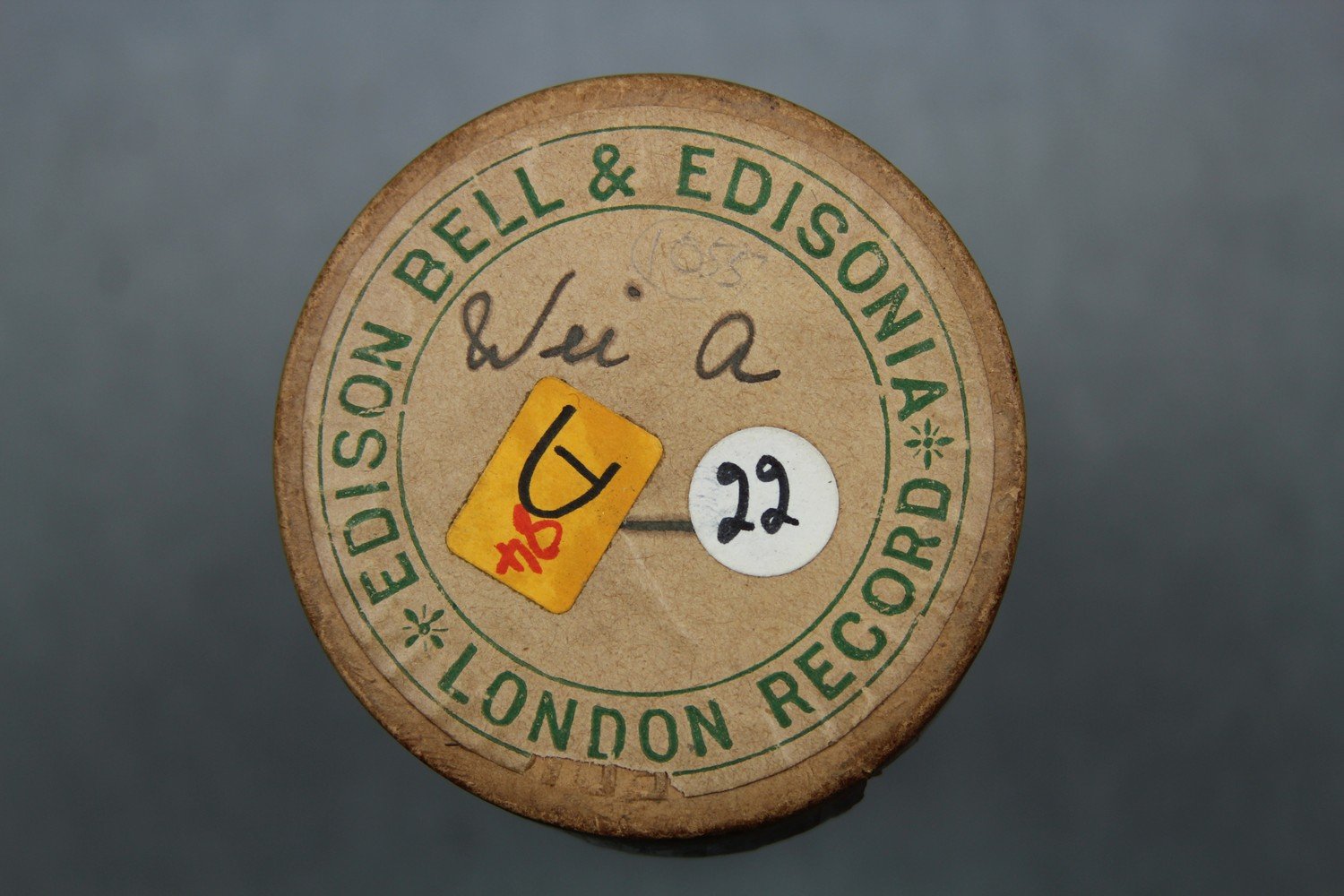 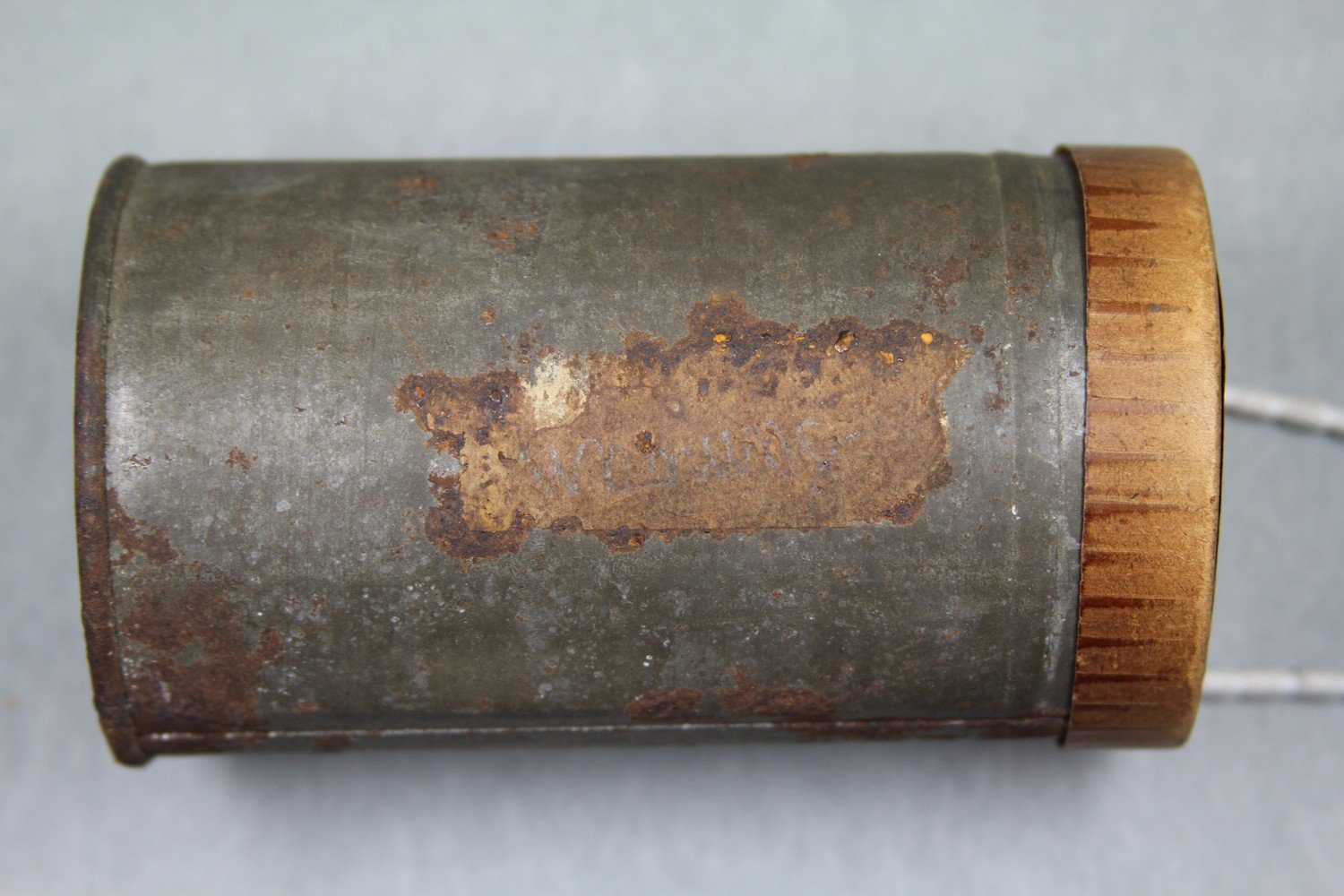     | ||||||||
| C80/1061 | Rotuma Songs | George Roki (singer, male) | Mer / Murray Island, Torres Strait Islands | 5 September 1898 ? | 1. Announcement: "Rotuma songs by George Roki." 2. Unaccompanied male vocal solo. | Reasonable quality recording with strong signal but also surface noise. Ray describes recording George Roki in his journal on 5 September 1898 (1898:86). | Rotuman | Field recordings | Ray, Sidney H. | 2'08" | 1898 Cambridge Anthropological Expedition to Torres Straits | Brown wax cylinder. Metal cylinder case. | Alfred Cort Haddon 1898 Expedition (Torres Strait and British New Guinea) Cylinder Collection | British Library | 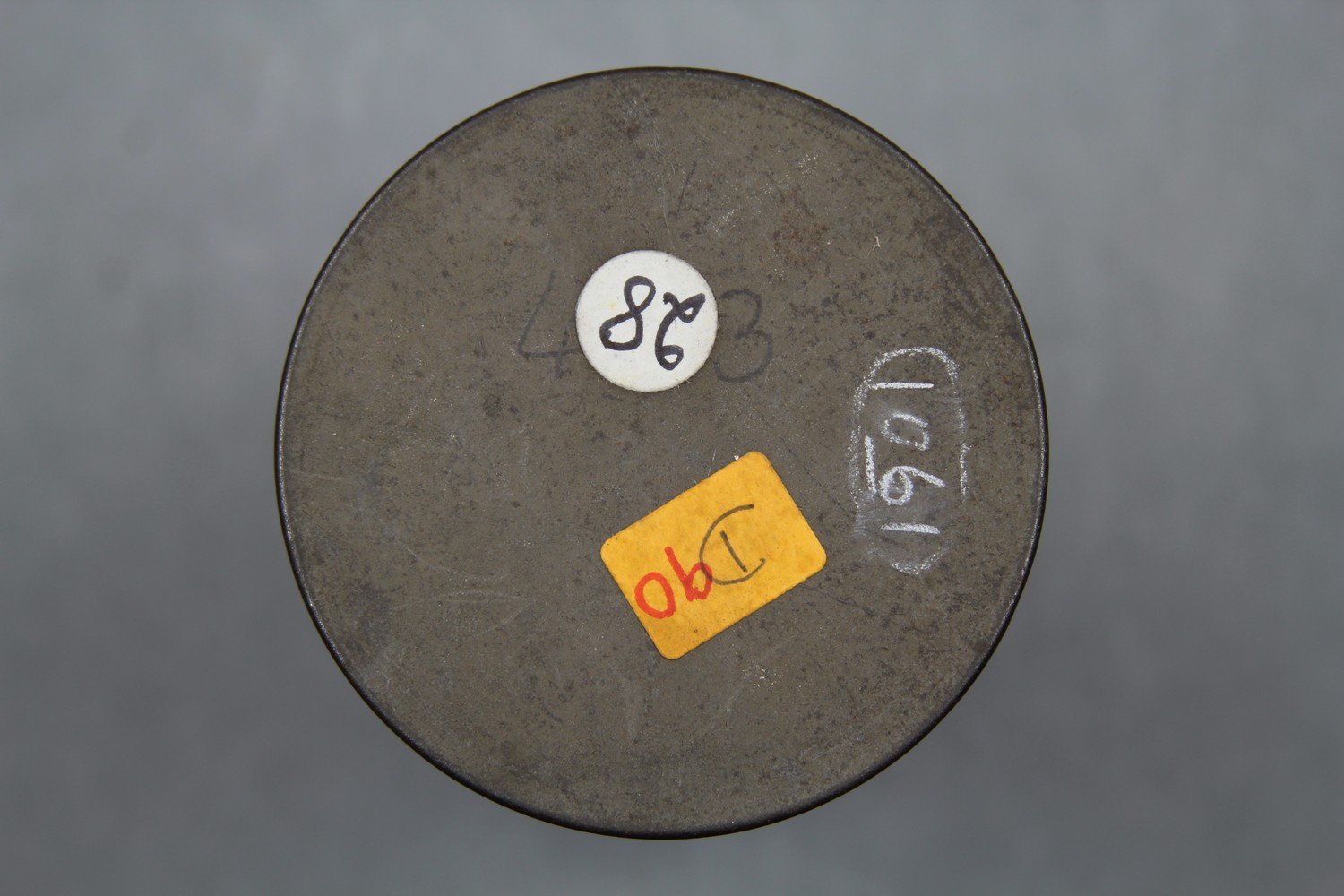 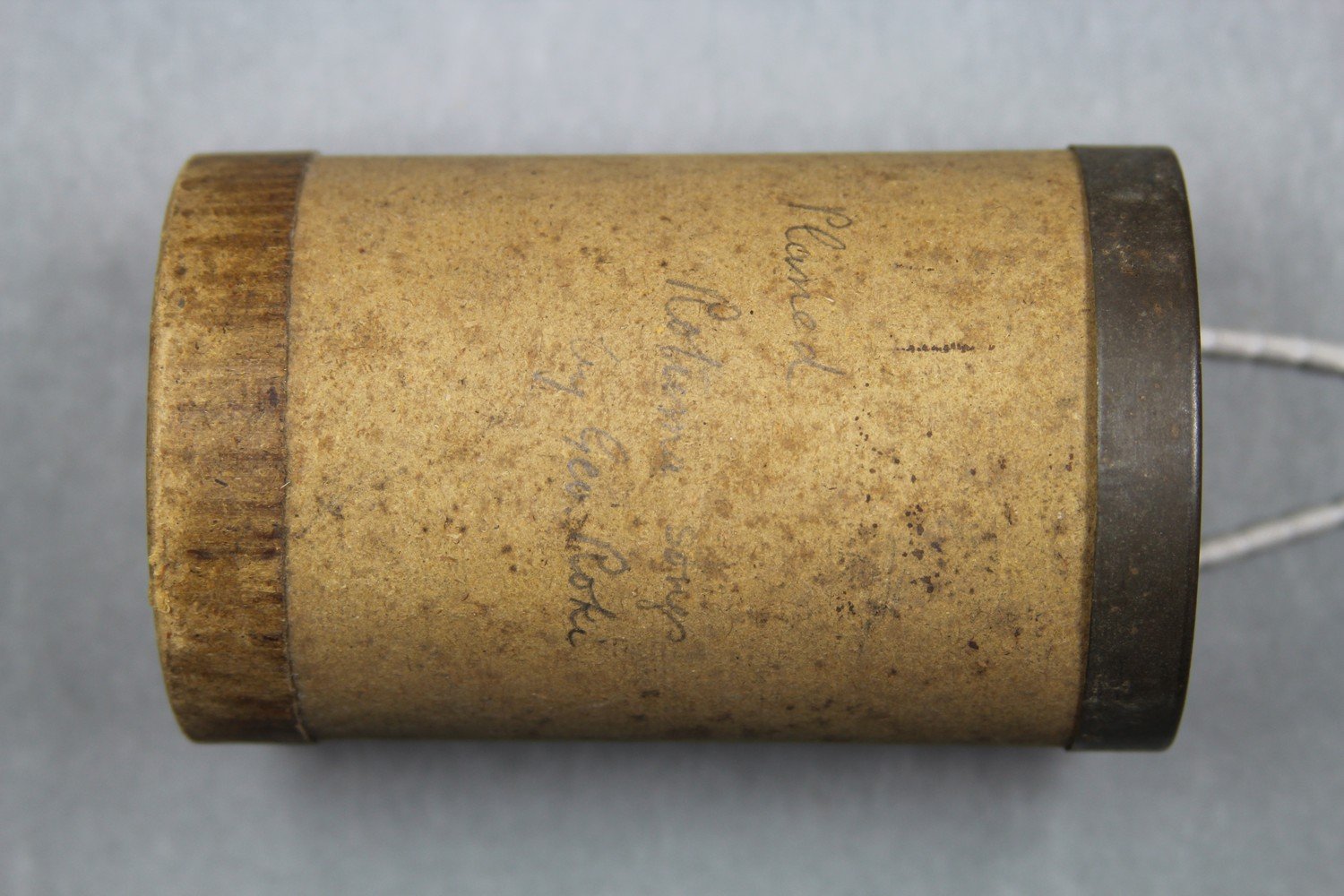     | Ray, S.H. 1898-99. Journal: Torres Straits Expedition 1898-99. [manuscript] Copies of journals and correspondence of Sidney Herbert Ray. MS 380314. London: SOAS Library. | ||||||
| C80/1488 | Samoan song | Finau (singer, male) | Mer / Murray Island, Torres Strait Islands | 6 May 1898 – 8 September 1898 | 1. Announcement: "Samoan Song, by Finau". 2. Unaccompanied male vocal solo. | Reasonable quality recording. As no specific recording location has been identified, the recording date range is based on when any members of the Cambridge Expedition were present in the Torres Strait in 1898. | Samoan | Field recordings | 1'22" | 1898 Cambridge Anthropological Expedition to Torres Straits | Brown wax cylinder. Cardboard cylinder case. | Alfred Cort Haddon 1898 Expedition (Torres Strait and British New Guinea) Cylinder Collection | British Library |  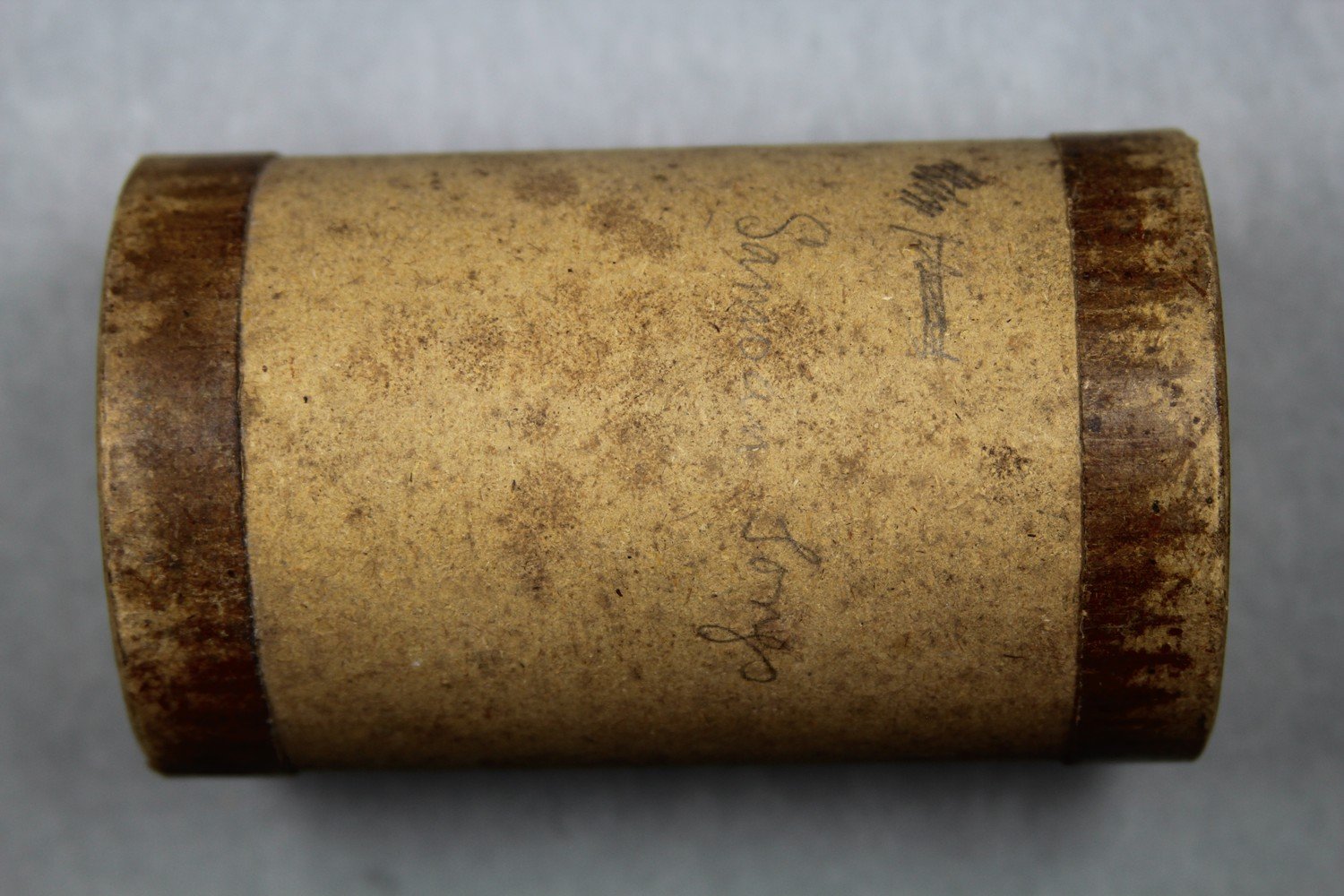     | ||||||||
| C80/722 | Rotuma Songs | George Roki (singer, male) | Mer / Murray Island, Torres Strait Islands | 05 September 1898 ? | 1. Announcement: "Rotuma songs by George Roki." 2. Unaccompanied male vocal solo. (C680/743). George Roki sang Rotuma songs into the phonograph with Sidney Ray on 5 September 1898 (Ray 1898:86). Information on cylinder: 'Rotuma Songs. George Roki.' | Reasonable quality recording. As the recordist has not been identified, the recording date range corresponds to when any of the Expedition members were on Mer / Murray Island. Ray describes recording George Roki in his journal on 5 September 1898 (1898:86). | Rotuman | Field recordings | Ray, Sidney | 3'09" | 1898 Cambridge Anthropological Expedition to Torres Straits | Brown wax cylinder. Cardboard cylinder case. | Alfred Cort Haddon 1898 Expedition (Torres Strait and British New Guinea) Cylinder Collection | British Library |       | Ray, S.H. 1898-99. Journal: Torres Straits Expedition 1898-99. [manuscript] Copies of journals and correspondence of Sidney Herbert Ray. MS 380314. London: SOAS Library. | ||||||
| C80/1492 | Mota, Florida & Bugotu | Unidentified (speaker, male); Ray, Sidney Herbert (speaker, male) | 1898 | 1. Announcement: "Two extracts from letters from Mota and Nggela […]". 2. Male speech. 3. Announcement: “[…] Nggela”. 4. Male speech. 5. Announcement "Piece of writing from Bugotu, Isabel, Solomon Islands". 6. Male speech. No further information. Mota is an island and part of the Banks Islands of Vanuatu. Mota is also the name of the language spoken on the island. Florida Island or Nggela Sule is part of the Nggela Islands or Florida Islands of Central Province, Solomon Islands. Bugotu (or Bughotu) is a language spoken on Santa Isabel (or Ysabel) Island, Solomon Islands. Bugotu is also a district at the eastern end of Santa Isabel. | From Solomon Islands; Vanuatu | It is possible that this cylinder was recorded by Sidney H. Ray. Ray referenced Mota, Florida and Bugotu in Vol III of the Cambridge Reports and the inscription on the cylinder box also seems to correspond to Ray’s handwriting. It is likely that Ray is the speaker for the first four parts of the recording, although the final two parts seem to be a different unidentified speaker. Ray published an extract of Mota (along with a brief reference to Florida) in an earlier article (Somerville & Ray 1897). | Bughotu; Mota; Gela | Field recordings | Ray, Sidney H. | 2'55" | 1898 Cambridge Anthropological Expedition to Torres Straits | Brown wax cylinder | Alfred Cort Haddon 1898 Expedition (Torres Strait and British New Guinea) Cylinder Collection | British Library | 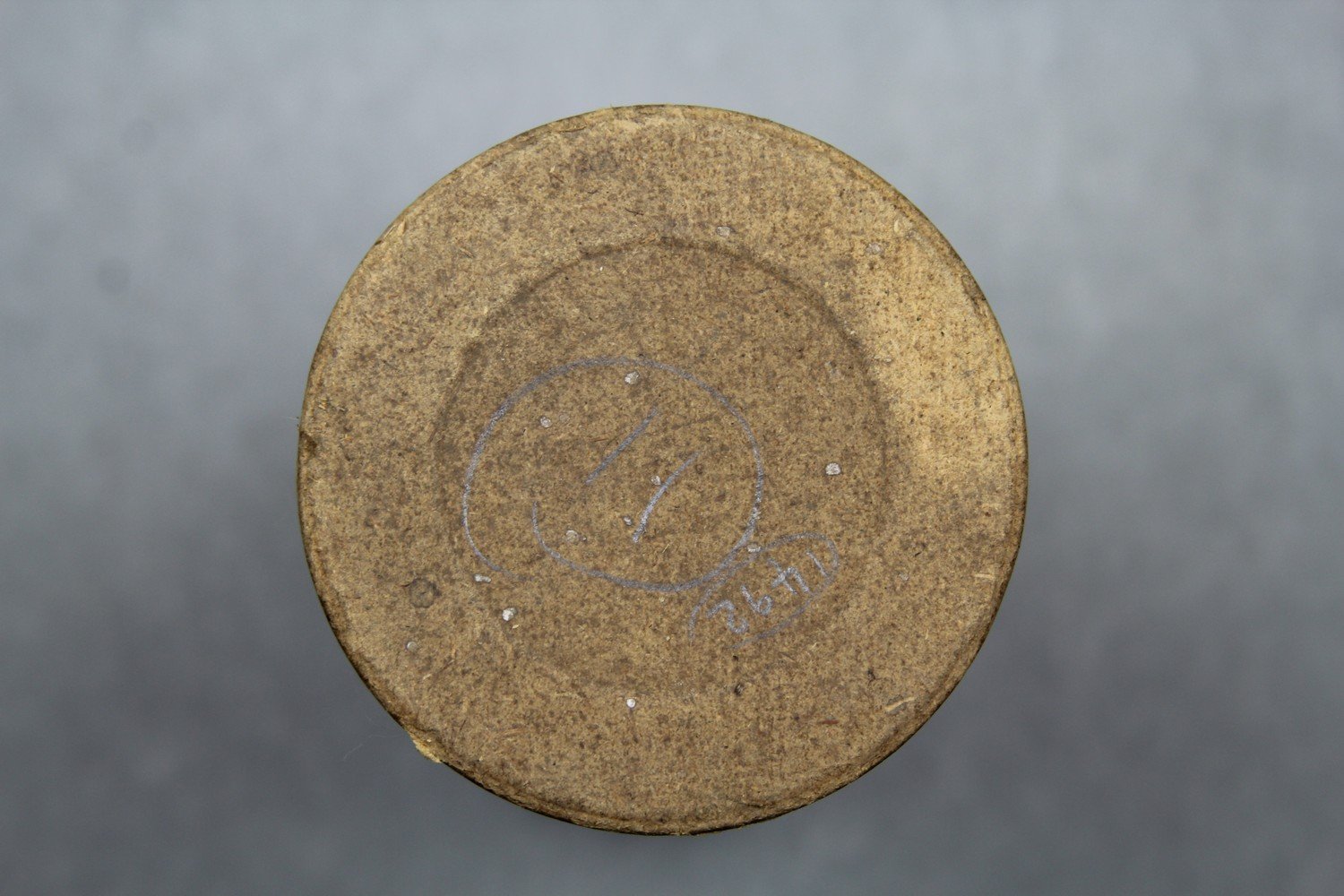 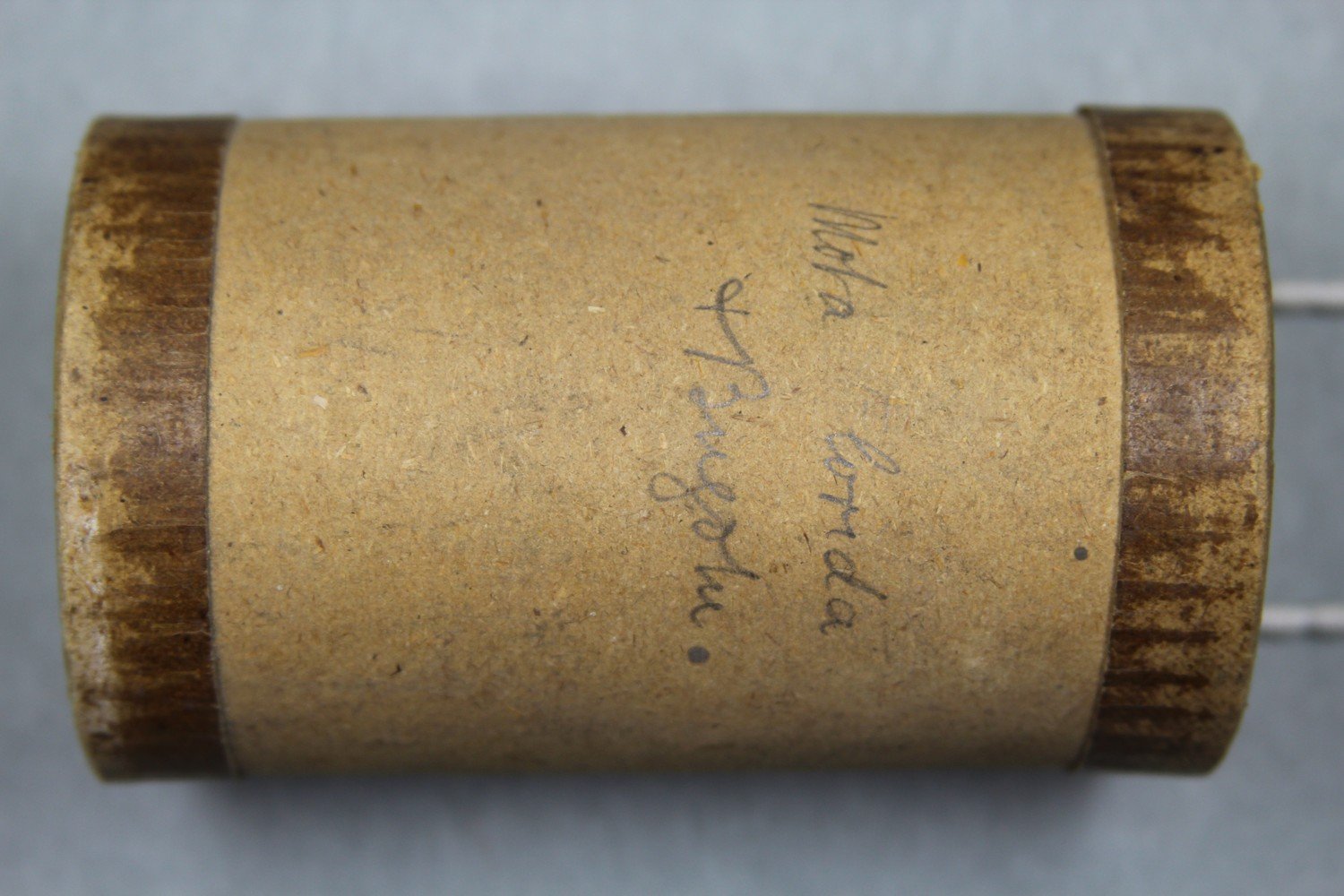     | Ray, Sidney Herbert. 1907. Reports of the Cambridge Anthropological Expedition to Torres Strait: Volume III, The Languages of Torres Strait. Cambridge: Cambridge University Press. British Library shelfmark General Reference Collection YC.2011.b.631. |
Cylinders C80/446, 1484, 1493 and C80/1057 and 1066 (broken) do not have further information and so a location cannot be confirmed. The recording date has been left as 1898.
| British Library shelfmark | Recording title | Performer name | Recording location | Recording date | Content description | Performer description | Recording notes | Languages | Genre | Recordist | Recording length | Recording trip | Description of cylinder | Collection title | Cylinder location | Images of cylinder containers / documentation | Related print publication: | Related print publication: | Related print publication: | Related print publication: | Related print publication: | Related print publication: |
|---|---|---|---|---|---|---|---|---|---|---|---|---|---|---|---|---|---|---|---|---|---|---|
| C80/446 | Iba abara | Enoka (singer, male) | Mer / Murray Island, Torres Strait Islands | 10 May 1898 – 24 August 1898 | 1. Male vocal solo. No further information available. This corresponds to Charles S. Myers' Malu Song IV, which Alice Moyle could not previously identify within the Torres Strait cylinder collection. Myers identified 'Iba Abara' as a recording from Mer / Murray Island in correspondence with Erich von Hornbostel (Myers 1907). He described the recording as '[s]acred words softly sung after Funeral Song'. Transcription on cylinder insert note: Iba abara / lewer / + zogomer / Enoka. This note was labelled as 'A1' but in fact corresponds to this cylinder. | Very poor quality recording. The recording date range assumes that Myers is indeed the recordist and corresponds to the dates of Myer's stay on Mer / Murray Island. Myers (1912:240): 'With one or two exceptions the words of the Malu songs clearly belong to the language of the eastern islands.' | Field recordings | Myers, C. S. | 2'13" | 1898 Cambridge Anthropological Expedition to Torres Straits | Brown wax cylinder. Cardboard cylinder case. Edison Bell. | Alfred Cort Haddon 1898 Expedition (Torres Strait and British New Guinea) Cylinder Collection | British Library | 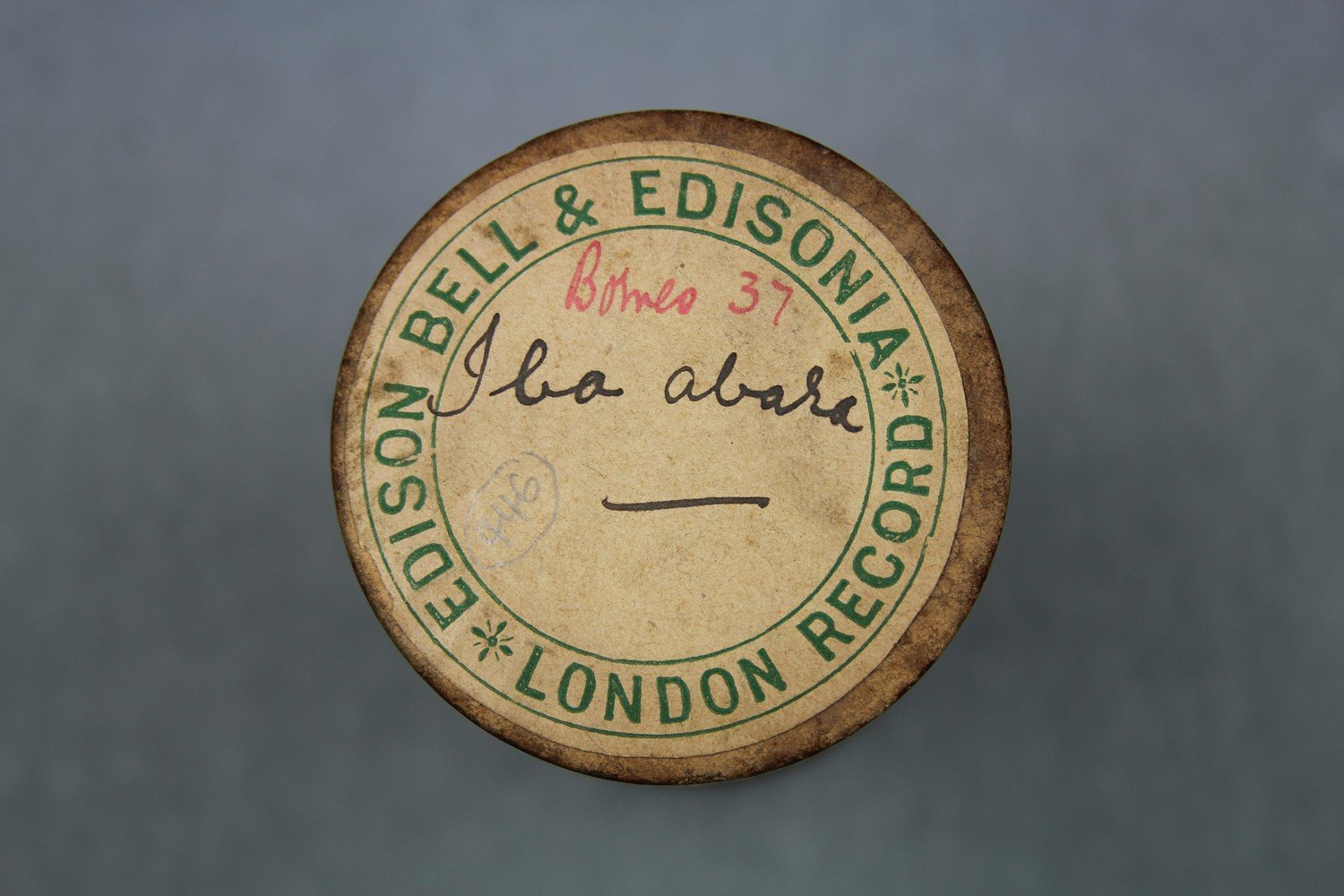      | The 1907 letter from Myers to von Hornbostel is held by the Berliner Phonogramm-Archiv, Ethnologisches Museum, Staatliche Museen zu Berlin. | |||||||
| C80/1039 | Male vocal solo | Unidentified (singer, male) | Torres Strait Islands | 22 April 1898 – 15 November 1898 | 1. Unaccompanied male speech. No further information. Broken cylinder. | Very poor quality due to broken and bandaged cylinder - almost inaudible. As no specific recording location has been identified, the recording date range is based on when any members of the Cambridge Expedition were present in the Torres Strait in 1898. | Field recordings | 1'32" | 1898 Cambridge Anthropological Expedition to Torres Straits | Brown wax cylinder. Metal cylinder case. | Alfred Cort Haddon 1898 Expedition (Torres Strait and British New Guinea) Cylinder Collection | British Library |       | |||||||||
| C80/1484 | Solo male vocal | Unidentified (singer, male) | 22 April 1898 – 15 November 1898 | 1-2. Unaccompanied male vocal solo. This may not be a Torres Strait cylinder, as noted by Will Prentice (2001) in documentation held at the British Library. It seems that '110' has been etched on the rim of cylinder. | Reasonable quality recording but with weak signal. As no specific recording location has been identified, the recording date range is based on when any members of the Cambridge Expedition were present in the Torres Strait in 1898. | Field recordings | 2'20" | 1898 Cambridge Anthropological Expedition to Torres Straits | Brown wax cylinder. Cardboard cylinder case. | Alfred Cort Haddon 1898 Expedition (Torres Strait and British New Guinea) Cylinder Collection | British Library | 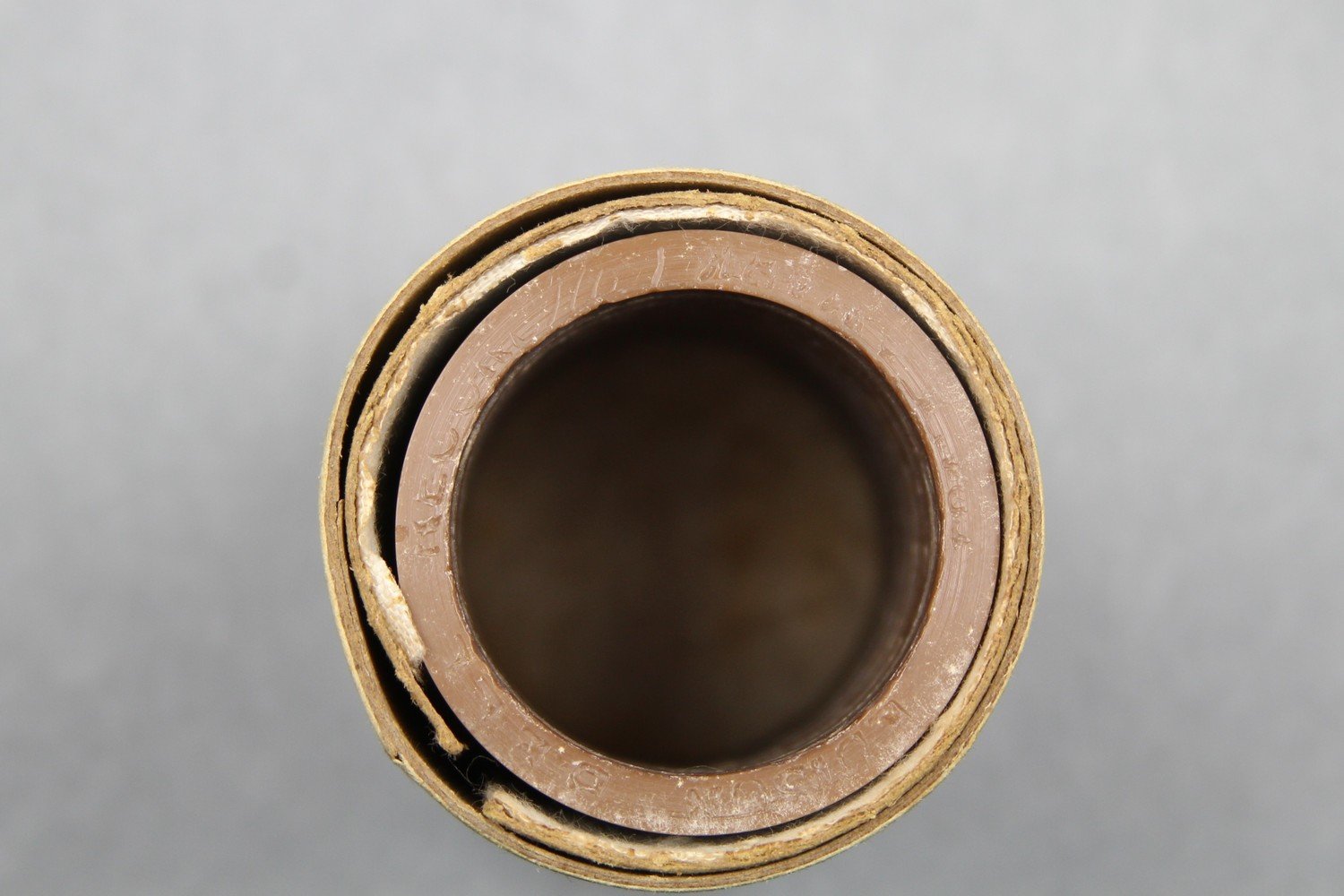      | ||||||||||
| C80/1493 | Male vocal solo | Unidentified (singer, male) | 22 April 1898 – 15 November 1898 | 1. Announcement: "A [indecipherable] village song". 2. Unaccompanied male vocal solo. 3. "Another [?] song". 4. Unaccompanied male vocal solo. This may not be a Torres Strait cylinder. | Reasonable quality recording but with surface noise. As no specific recording location has been identified, the recording date range is based on when any members of the Cambridge Expedition were present in the Torres Strait in 1898. | Field recordings | 2'17" | 1898 Cambridge Anthropological Expedition to Torres Straits | Brown wax cylinder. Cardboard cylinder case. | Alfred Cort Haddon 1898 Expedition (Torres Strait and British New Guinea) Cylinder Collection | British Library |       | ||||||||||
| C80/1044 | [No title] | Unidentified | Broken cylinder - unable to be digitised. Not included in Alice Moyle's 1985 audition sheet. It was probably broken before this time. | Field recordings | 1898 Cambridge Anthropological Expedition to Torres Straits | Brown wax cylinder. Metal cylinder case. | Alfred Cort Haddon 1898 Expedition (Torres Strait and British New Guinea) Cylinder Collection | British Library | 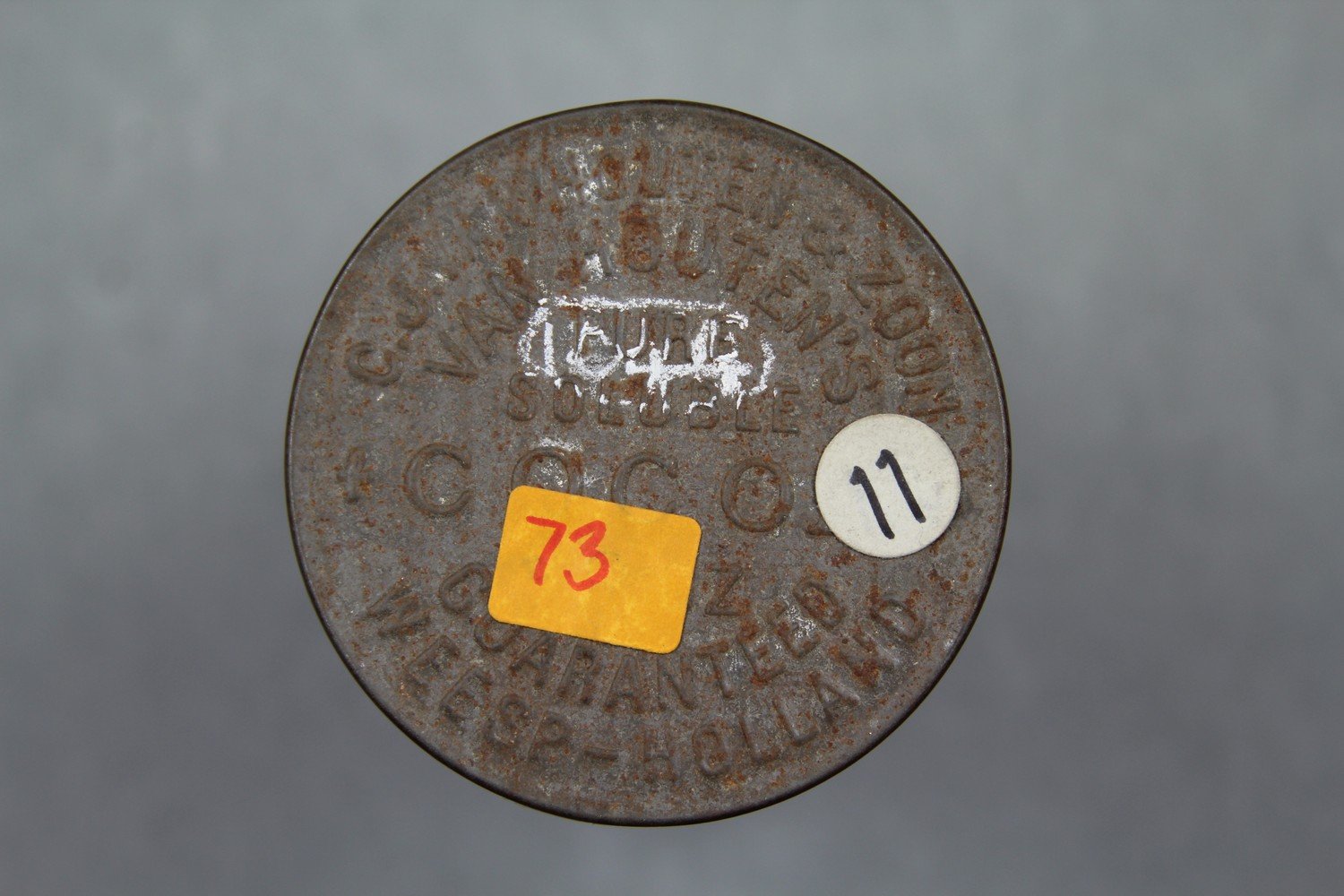 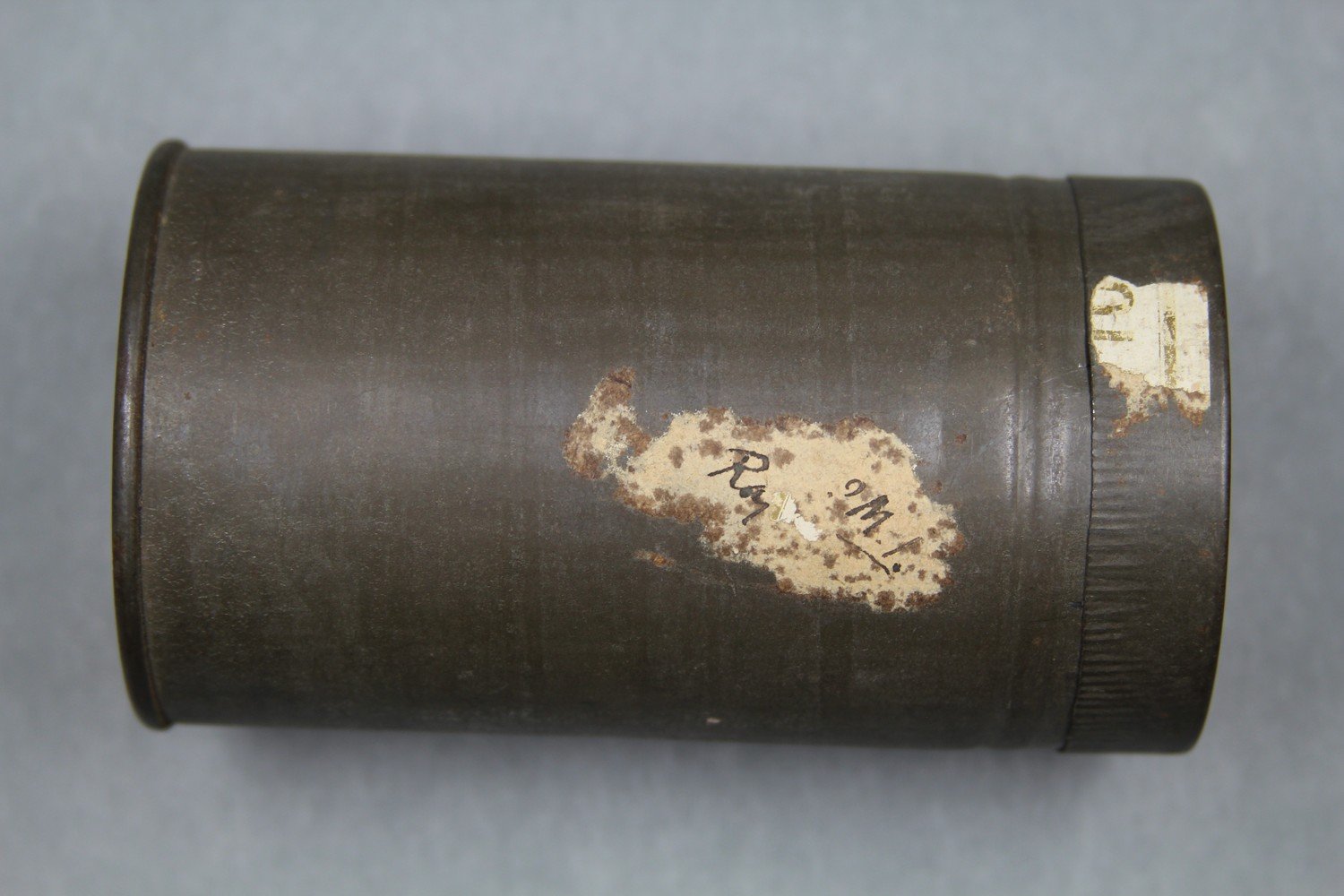     | |||||||||||||
| C80/1056 | Violin solo | Unidentified | before 13 May 1898 | Broken cylinder - unable to be digitised. Inscription on insert note: 'Myers - Violin solo'. In his journal, Haddon noted on 13 May 1898 that Myers' violin had become water-damaged and was "spoilt for this trip" (1898:66). Myers played the violin on the evening of 7 May during a visit to Captain Hammond on Erub / Darnley Island (Myers 1898:44). This cylinder must have been recorded before 1898-05-13. | Field recordings | 1898 Cambridge Anthropological Expedition to Torres Straits | Brown wax cylinder | Alfred Cort Haddon 1898 Expedition (Torres Strait and British New Guinea) Cylinder Collection | British Library |       | ||||||||||||
| C80/1057 | [No title] | Unidentified | Broken cylinder - unable to be digitised. | Field recordings | 1898 Cambridge Anthropological Expedition to Torres Straits | Brown wax cylinder | Alfred Cort Haddon 1898 Expedition (Torres Strait and British New Guinea) Cylinder Collection | British Library | 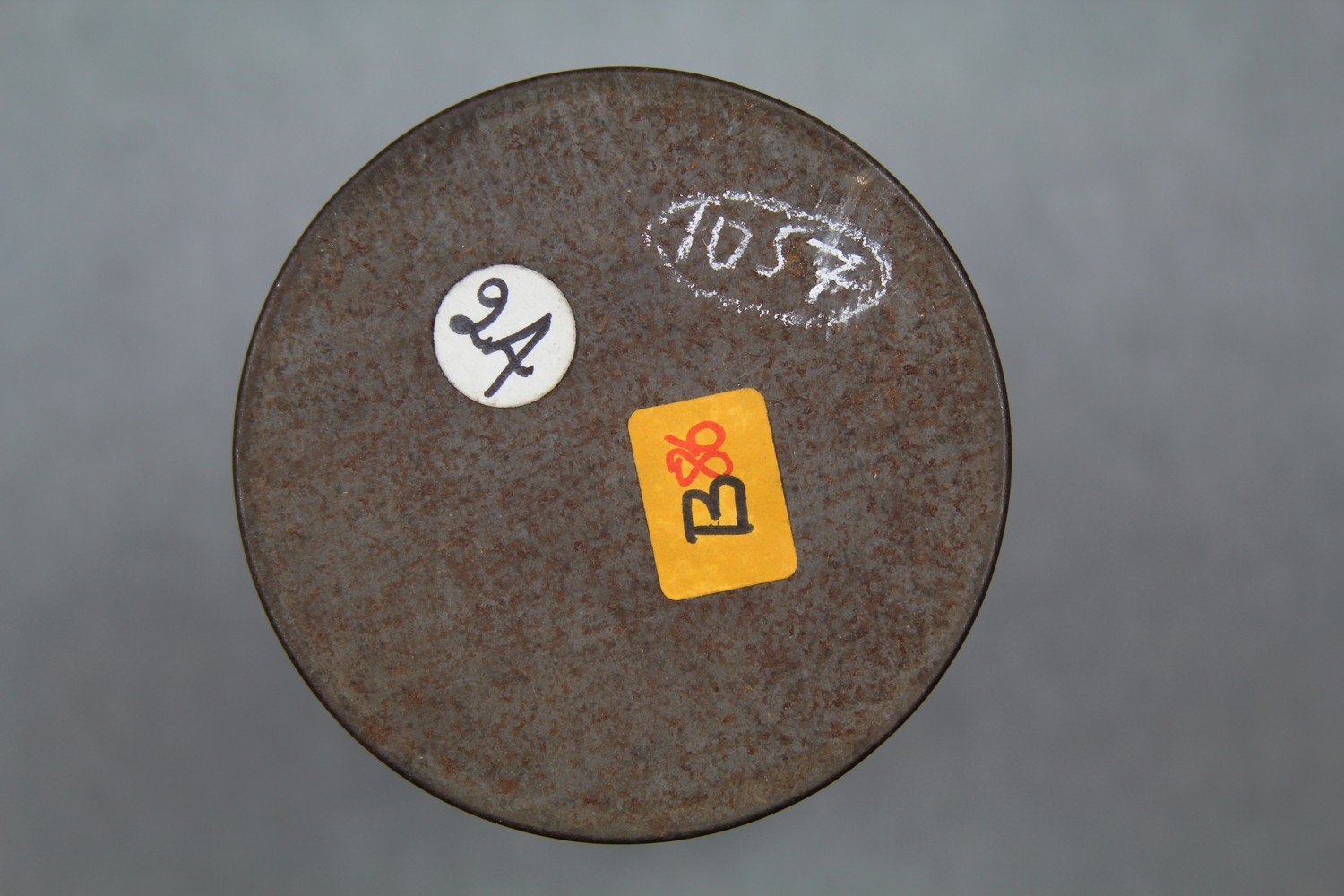      | |||||||||||||
| C80/1066 | [No title] | Unidentified | Unable to be digitised. Possibly a blank cylinder. Previous description in SAMI noted that this is similar to the Layard cylinders and may be of a later date. We will need to check this cylinder again. | Field recordings | 1898 Cambridge Anthropological Expedition to Torres Straits | Brown wax cylinder. Metal cylinder case. | Alfred Cort Haddon 1898 Expedition (Torres Strait and British New Guinea) Cylinder Collection | British Library | 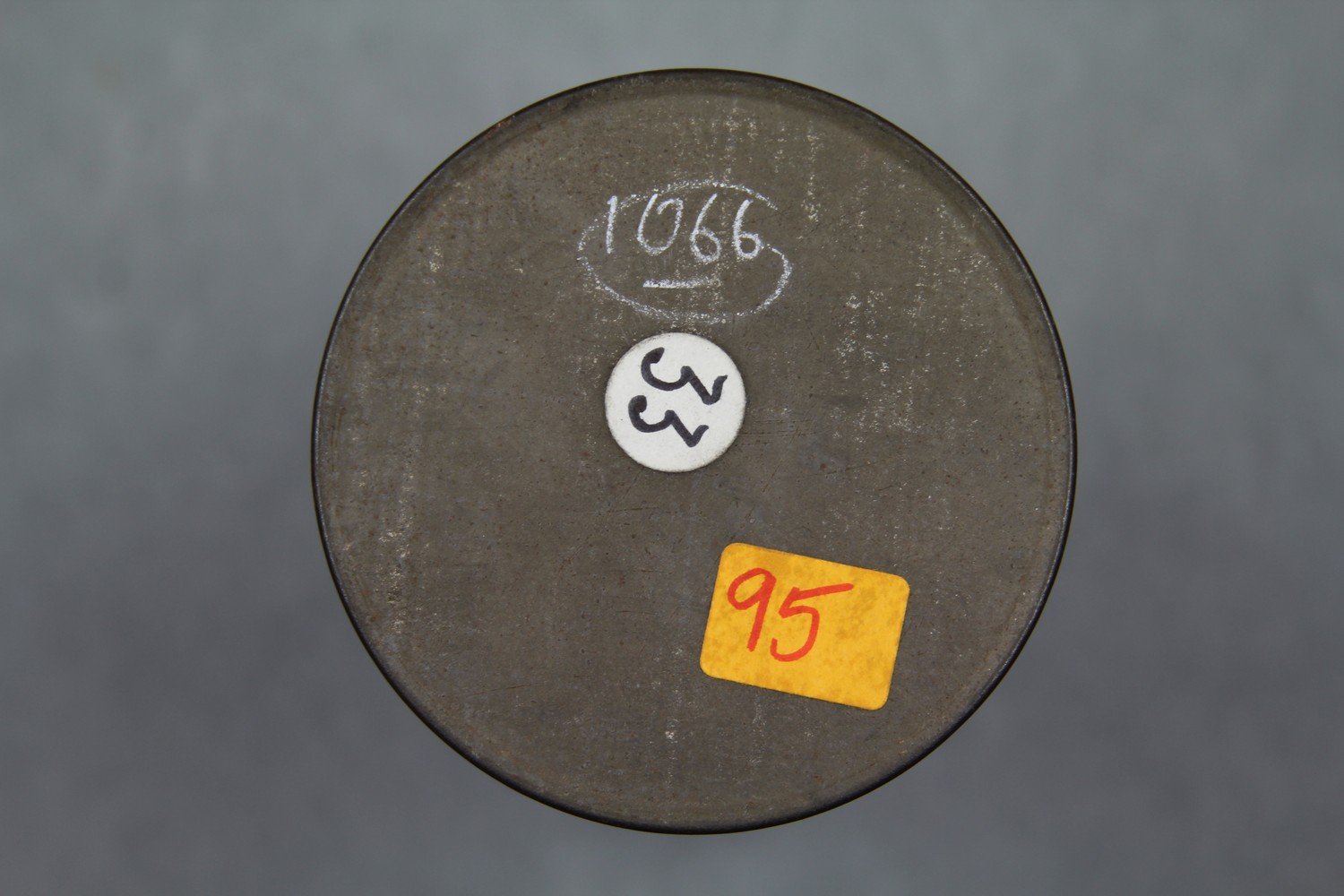      |
C80/1065, 1485 and 1489 are assumed to have been recorded prior to the expedition. C80/1065 has no further information. In the existing SAMI metadata, both C80/1485 and C80/1489 have the recording date noted as 15 February 1898. However, this date is only announced on the recording for C80/1489.
| British Library shelfmark | Recording title | Performer name | Recording location | Recording date | Content description | Performer description | Recording notes | Languages | Genre | Recordist | Recording length | Recording trip | Description of cylinder | Collection title | Cylinder location | Images of cylinder containers / documentation | Related print publication: | Related print publication: | Related print publication: | Related print publication: | Related print publication: | Related print publication: |
|---|---|---|---|---|---|---|---|---|---|---|---|---|---|---|---|---|---|---|---|---|---|---|
| C80/1065 | Band music | Unidentified (ensemble) | England, UK | Not after 10 March 1898 | 1. Announcement: "[indecipherable] march, play by [indecipherable] on [indecipherable]." 2. European band music. This cylinder may have been recorded prior to leaving for the Torres Strait as an example of recorded music. Ray notes that band music was played as part of evening entertainment on Mer, Torres Strait Islands, on 13 May 1898 (1898:38-39). Haddon notes that European orchestral marches were played in Mekeo [New Guinea] on 17 July 1898 (1901:273). | Reasonable quality recording with strong signal but also surface noise. From Alice Moyle's 1985 audition sheets: 'No documentation. The container and wrappings resemble those of the preceding cylinders. A.M. / This cylinder is obviously not part of the Torres Strait collection but was in the same box. M. "……March, played by ….."'. | 2'41" | 1898 Cambridge Anthropological Expedition to Torres Straits | Brown wax cylinder. Metal cylinder case. | Alfred Cort Haddon 1898 Expedition (Torres Strait and British New Guinea) Cylinder Collection | British Library | 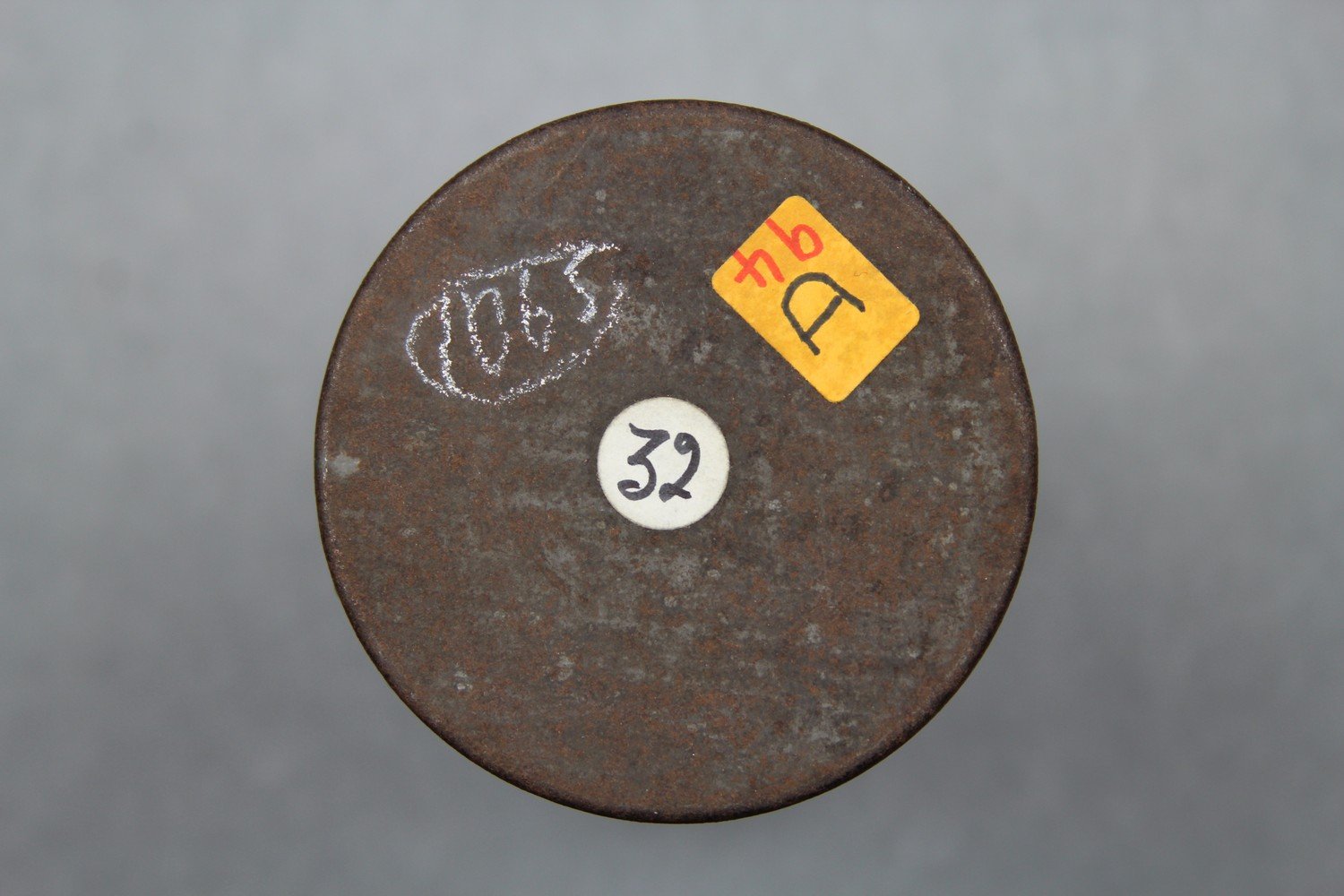      | Ray, S.H. 1898-99. Journal: Torres Straits Expedition 1898-99. [manuscript] Copies of journals and correspondence of Sidney Herbert Ray. MS 380314. London: SOAS Library. | Haddon, A.C. 1901. Head-Hunters. Black, White and Brown. London: Metheun & Co. General Reference Collection 010055.e.28. | Alice Moyle (AIAS, now AIATSIS) completed audition sheets for the Torres Strait cylinder collection in 1985. Copies of these are held at the British Library. | |||||||
| C80/1485 | Auld Lang Syne | Sidney H. Ray (speaker, male); unidentified (speaker, male); unidentified (chorus) | Richmond Road, Ilford, Essex, England, UK | 15 February 1898 ? | 1-2. Vocal demonstration of phonograph (or graphophone) - wishing Mr. Ray success on his journey. Probably two different male speakers. 3. Mr. Ray's reply followed by laughter. 4. Vocal group singing "Auld Lang Syne" with piano. | Good quality recording. The recording date for this cylinder was probably taken from C80/1489, which is a similar farewell recording involving Sidney Ray. | English | Ray, Sidney H. | 2'38" | 1898 Cambridge Anthropological Expedition to Torres Straits | Brown wax cylinder. Cardboard cylinder case. | Alfred Cort Haddon 1898 Expedition (Torres Strait and British New Guinea) Cylinder Collection | British Library | 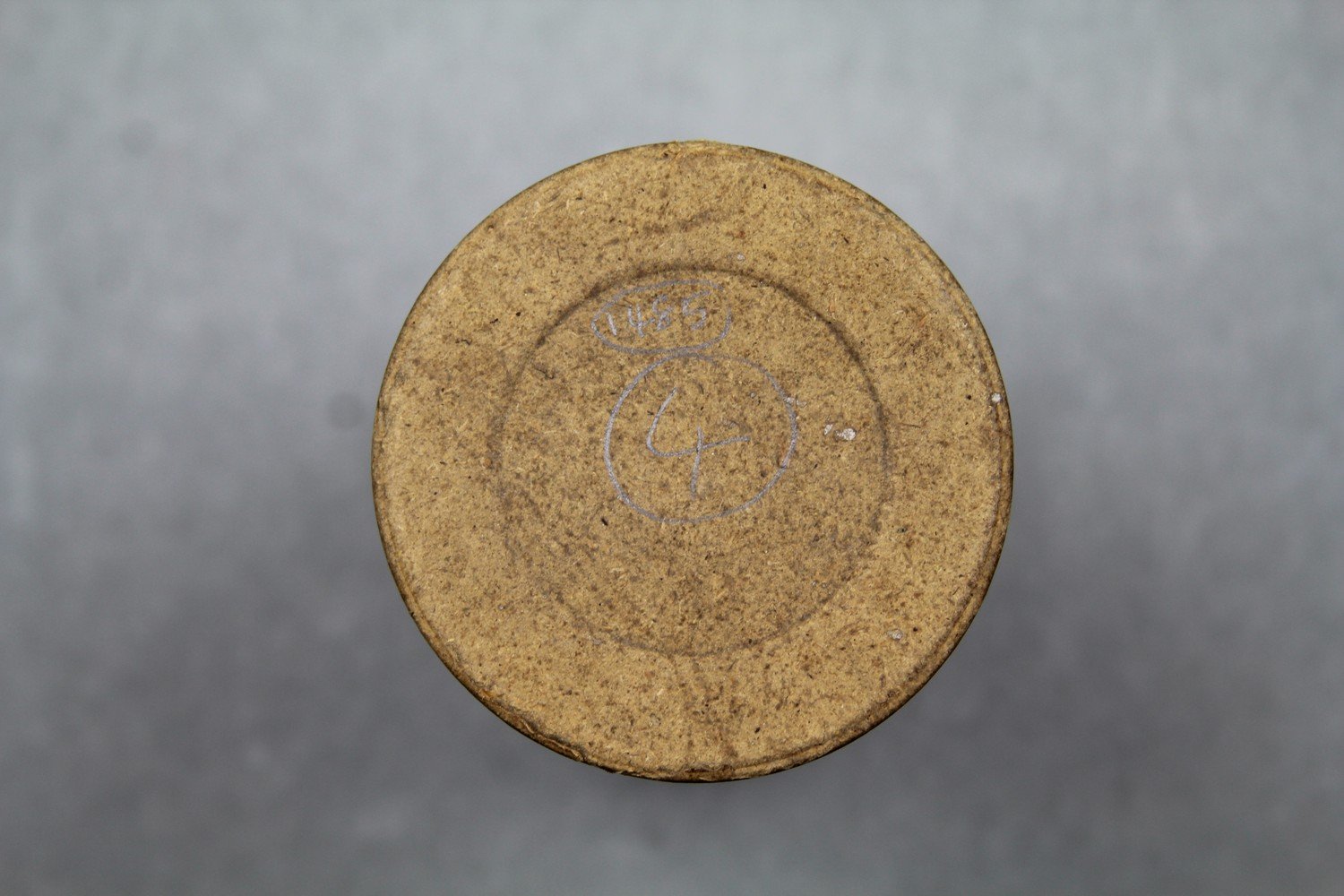 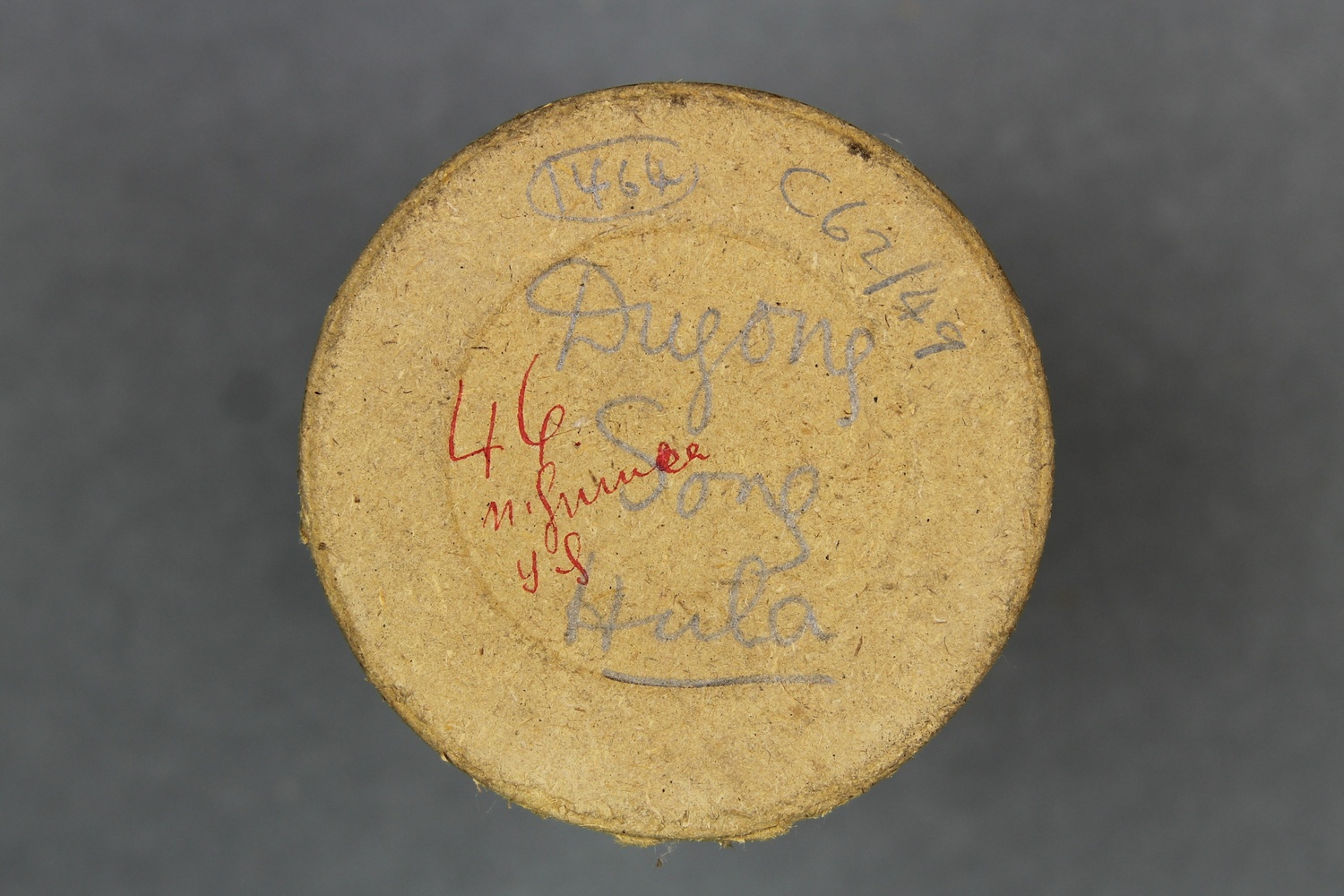     | ||||||||
| C80/1489 | Yeomans Wedding | Sidney H. Ray (speaker, male); unidentified (speaker, male) | Ilford, Essex, England, UK | 15 February 1898 | 1. Yeoman's Song (words Hayes, music Poniatowski) sung by male vocal solo, piano accompaniment. 2. Announcement from Sidney Ray, that a few friends are gathered around (address indecipherable) who wish him success on the journey to the Torres Strait and New Guinea. | Good quality recording. | English | Ray, Sidney H. | 2'51" | 1898 Cambridge Anthropological Expedition to Torres Straits | Brown wax cylinder. Cardboard cylinder case. | Alfred Cort Haddon 1898 Expedition (Torres Strait and British New Guinea) Cylinder Collection | British Library | 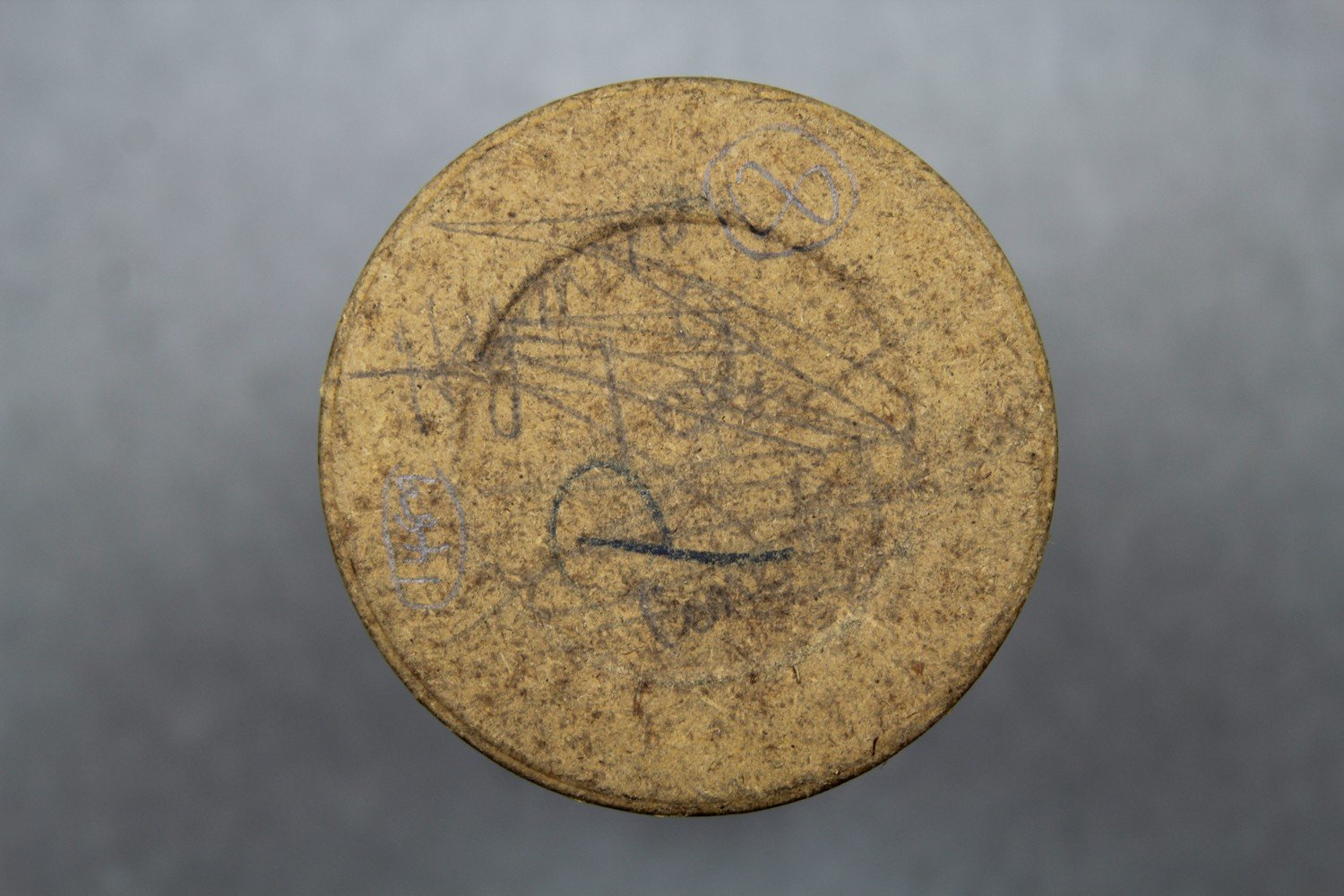 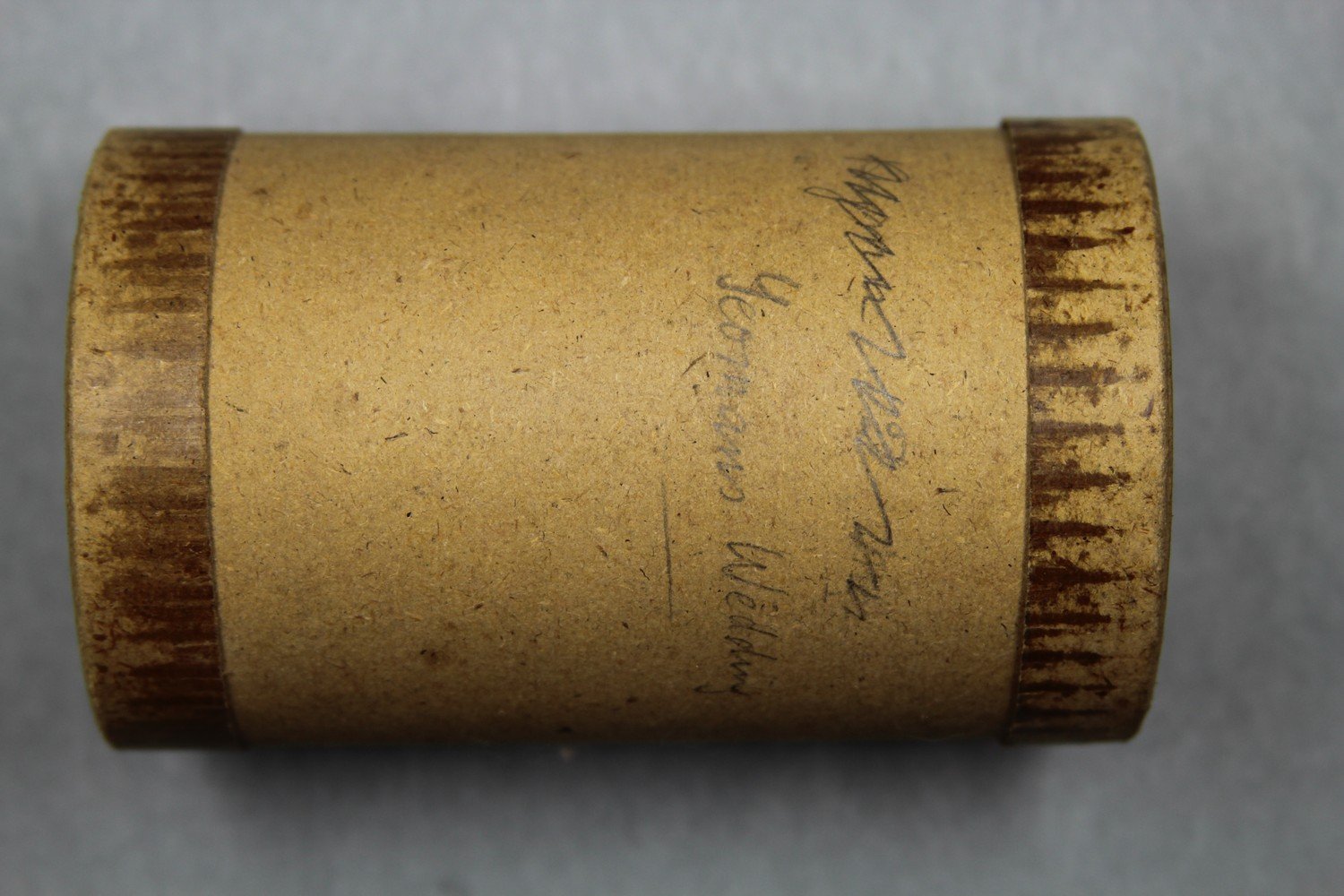     |
- AIATSIS. 1973? – 1975. 1964_64-2 KEARNEY, PROFESSOR GEORGE [manuscripts] AIATSIS Central File. Canberra: AIATSIS.
- AIATSIS. 1975 – 1984. 1964_64-3 KEARNEY, PROFESSOR GEORGE [manuscripts] AIATSIS Central File. Canberra: AIATSIS.
- AIATSIS. 1977 – 1981. 1966_15-1 MOORE, D. – Grants – INDIVIDUAL [manuscripts] AIATSIS Central File. Canberra: AIATSIS.
- Beckett, Jeremy. 1987. Torres Strait Islanders: Custom and colonisation. Cambridge: Cambridge University Press.
- British Library Board. 2010. Memory of The World Register: The Historic Ethnographic Recordings (1898–1951) at the British Library (United Kingdom). UNESCO. Available at <http://www.unesco.org/new/fileadmin/MULTIMEDIA/HQ/CI/CI/pdf/mow/nomination_forms/Uk%20ethnographic.pdf> [Accessed 28 April 2020].
- David, Frank, Leah Lui-Chivizhe, and Jude Philp. 2015. “Individuals in Kulkalgal History.” Journal of Australian Studies 39/3: 290–306.
- Day, Timothy. 2001. “The National Sound Archive: the first fifty years”. In Aural History: Essays on Recorded Sound, edited by A. Linehan, 41-64. London: The British Library.
- Dunlop, Ian. 1979. “Ethnographic Film-Making in Australia: The First Seventy Years (1898–1968).” Aboriginal History 3/1–2: 111–119. Available at <https://www.jstor.org/stable/24045736> [Accessed 27 May 2020].
- Durán, Lucy. 1985. “The Cylinder Project: tape transference of Australian Aboriginal recordings on cylinders in the National Sound Archive, Part I”. In Australian and New Zealand Studies: Papers Presented at a Colloquium at the British Library, 7-9 February 1984, edited by P. McLaren-Turner. London: The British Library.
- Edwards, Elizabeth. 1998. “Performing Science: Still Photography and the Torres Strait Expedition.” In Cambridge and the Torres Strait: Centenary Essays on the 1898 Anthropological Expedition, edited by Anita Herle and Sandra Rouse, 106-135. Cambridge: Cambridge University Press.
- Eseli, Peter. 1998. Eseli’s Notebook. Translated from Kala Lagaw Ya, edited and annotated by A. Shnukal, R. Mitchell, and Y. Nagata. Aboriginal and Torres Strait Islander Studies Unit Research Report Series, Volume 3. Brisbane: The University of Queensland. Available at <https://espace.library.uq.edu.au/view/UQ:382557> [Accessed 31 March 2020].
- Fitzpatrick, Judith M. 2000. “Tombstone ceremonies: Identity and political integration”. In The Oxford Companion to Aboriginal Art and Culture, edited by S. Kleinart and M. Neale, 37. Melbourne, N.S.W. and Oxford: Oxford University Press.
- Griffiths, Alison. 2002. Wondrous Difference: Cinema, Anthropology, and Turn-of-the-Century Visual Culture. New York: Columbia University Press.
- Haddon, Alfred Cort. c.1880-1940. Haddon Papers. MS.HADDON. Cambridge: Cambridge University Library.
- Haddon, Alfred Cort. 1890a. Manners and customs of the Torres Straits Islanders. London: William Clowes.
- Haddon, Alfred Cort. 1890b. “The Ethnography of the Western tribe of Torres Strait.” The Journal of the Anthropological Institute of Great Britain and Ireland 19: 297–440.
- Haddon, Alfred Cort. 1893. “The Secular and Ceremonial Dances of Torres Straits.” Internationales Archiv für Ethnographie, 6. Leiden: P.W.M. Trap. Available at: <https://archive.org/details/internationalesa06inte/page/135/mode/1up>
- Haddon, Alfred Cort. 1898-1899. Journal of the Cambridge Anthropological Expedition to the Torres Strait and New Guinea. MS.HADDON. Cambridge: Cambridge University Library.
- Haddon, Alfred Cort. 1899. “The Cambridge Anthropological Expedition to Torres Straits and Sarawak.” Nature 1557/60: 413–416.
- Haddon, Alfred Cort. 1901. Head-Hunters. Black, White and Brown. London: Metheun & Co.
- Haddon, Alfred Cort (ed.) 1904. Reports of the Cambridge Anthropological Expedition to Torres Strait: Volume V, Sociology, Magic and Religion of the Western Islanders. Cambridge: Cambridge University Press.
- Haddon, Alfred Cort (ed.) 1908. Reports of the Cambridge Anthropological Expedition to Torres Strait: Volume VI, Sociology, Magic and Religion of the Eastern Islanders. Cambridge: Cambridge University Press.
- Haddon, Alfred Cort (ed.) 1912. Reports of the Cambridge Anthropological Expedition to Torres Strait: Volume IV, Arts and Crafts. Cambridge: Cambridge University Press.
- Haddon, Alfred Cort (ed.) 1935. Reports of the Cambridge Anthropological Expedition to Torres Strait: Volume I, General Ethnography. Cambridge: Cambridge University Press.
- Haddon, Alfred Cort and Myers, Charles Samuel. 1908. “The Cult of Bomai and Malu”. In Reports of the Cambridge Anthropological Expedition to Torres Strait: Volume VI, Sociology, Magic and Religion of the Eastern Islanders, edited by Alfred Cort Haddon, 281–313. Cambridge: Cambridge University Press.
- Herle, Anita. 1998. “The Life-histories of Objects: Collections of the Cambridge Anthropological Expedition to the Torres Strait.” In Cambridge and the Torres Strait: Centenary Essays on the 1898 Anthropological Expedition, edited by Anita Herle and Sandra Rouse, 77–105. Cambridge: Cambridge University Press.
- Herle, Anita and Rouse, Sandra (eds.) 1998. Cambridge and the Torres Strait: Centenary essays on the 1898 anthropological expedition. Cambridge: Cambridge University Press.
- Herle, Anita and Philp, Jude (eds.) 2020. Recording Kastom: Alfred Haddon’s Journals from the Torres Strait and New Guinea, 1888 and 1898. Sydney: Sydney University Press.
- Hornbostel, Erich Moritz von. 1913. “Melodie und Skala”. In Jahrbuch der Musikbibliothek Peters, 19. Jahrgang, 11–23. Leipzig: C.F. Peters. Available at <https://archive.org/details/melodieundskala00horn/> [Accessed 14 January 2021].
- Koch, Grace. 2013. We have the song, so we have the land: song and ceremony as proof of ownership in Aboriginal and Torres Strait Islander land claims. AIATSIS research discussion paper no. 33. Canberra: AIATSIS Research Publications. Available at <https://aiatsis.gov.au/sites/default/files/research_pub/we-have-the-song-so-we-have-the-land_0_2.pdf> [Accessed 9 March 2021].
- Koch, Grace. 2019. “’We Want Our Voices Back’: Ethical Dilemmas in the Repatriation of Recordings”. In The Oxford Handbook of Musical Repatriation, edited by F. Gunderson, R.C. Lancefield & B. Woods, ch.11. Oxford: Oxford University Press. doi: 10.1093/oxfordhb/9780190659806.013.11
- Kuklick, Henrika. 1998. “Fieldworkers and physiologists.” In Cambridge and the Torres Strait: Centenary Essays on the 1898 Anthropological Expedition, edited by Anita Herle and Sandra Rouse, 158–180. Cambridge: Cambridge University Press.
- Laade, Wolfgang. 1973. “Notes on the clans, economy, trade and traditional law of the Murray Islanders, Torres Straits.” Journal de la Société des océanistes 9/29, 151–167. doi: https://doi.org/10.3406/jso.1973.2423. Available from <https://www.persee.fr/doc/jso_0300-953x_1973_num_29_39_2423> [Accessed 9 December 2020].
- Laade, Wolfgang. 1977. Traditional Songs of the Western Torres Straits, South Pacific. Folkways Records Album No. FE 4025 [sleeve notes] New York: Folkways Records.
- Langmore, Diane. c1989. Missionary Lives: Papua, 1874-1914. Honolulu: University of Hawaii Press.
- Lawrence, Helen Reeves. 2004. “‘The great traffic in tunes’: agents of religious and musical changes in eastern Torres Strait.” In Woven Histories, Dancing Lives: Torres Strait Islander Identity, Culture and History, edited by R. Davis, 46–72. Canberra: Aboriginal Studies Press.
- Lawrie, Margaret. 1970. Myths and Legends of Torres Strait / Songs from Torres Strait. St. Lucia, Queensland: University of Queensland Press.
- Long, Chris and Laughren, Pat. 1993. “Australia’s First Films 1894-96, Part Six: Surprising Survivals From Colonial Queensland”. In Cinema Papers 96, edited by S. Murray, 32–37. Available at < https://ro.uow.edu.au/cp/96/> [Accessed 27 May 2020].
- Mabo, Koiki and Beckett, Jeremy. 2000. “Dancing in Torres Strait”. In The Oxford Companion to Aboriginal Art and Culture, edited by S. Kleinart and M. Neale, 165–169. Melbourne, N.S.W. and Oxford: Oxford University Press.
- Marriner, Katy. 2009. Who Do You Think You Are? [PDF] ATOM. [Accessed 31 March 2020].
- Moyle, Alice. n.d. A note on early sound recordings in the AIAS archive. [manuscript] Alice Moyle Collection, MS 3501. Canberra: AIATSIS.
- Moyle, Alice. 1983. “Archaeomusicological Possibilities in Australia, Torres Strait and New Guinea.” Bikmaus 4/3: 131–135.
- Moyle, Alice. 1985. The Torres Strait phonograph recordings: a preliminary listing of contents. Australian Aboriginal Studies 2, 53–57.
- Moyle, Alice. 1987. The Torres Strait Phonograph Recordings: A Preliminary Listing of Contents. IASA Phonographic Bulletin 49 (November): 11–17.
- Myers, Charles Samuel. 1898–1899. Journal on Torres Straits Anthropological Expedition. Manuscript. Haddon Papers. ADD 8073. Cambridge: Cambridge University Library.
- Myers, Charles Samuel. 1899. “Music: Torres Straits, etc.” The Journal of the Anthropological Institute of Great Britain and Ireland 29/1–2: 223. Available at: <https://www.jstor.org/stable/2842607> [Accessed 28 May 2020].
- Myers, Charles Samuel. 1901. “Hearing”. In Reports of the Cambridge Anthropological Expedition to Torres Strait: Volume II, Physiology and Psychology, edited by Alfred Cort Haddon, 141–168. Cambridge: Cambridge University Press.
- Myers, Charles Samuel. 1907. “The Ethnological Study of Music”. In Anthropological Essays Presented to E. B. Tylor in Honour of His 75th Birthday, edited by H. Balfour, et al., 235–253. Oxford: Clarendon Press. Available at <https://wellcomelibrary.org/item/b30610928>
- Myers, Charles Samuel. 1912a. “Music.” In Reports of the Cambridge Anthropological Expedition to Torres Straits, Volume IV, Arts and Crafts, edited by Alfred Cort Haddon, 238–269. Cambridge: Cambridge University Press.
- Myers, Charles Samuel. 1912b. The Study of Primitive Music. Musical Antiquary 3, 121–141.
- Myers, Charles Samuel. 1914. “The Beginnings of Music”. In Essays and Studies presented to William Ridgeway, edited by E.C. Quiggin, 560-582. Cambridge: Cambridge University Press.
- Myers, Charles Samuel. 1941. “Charles Gabriel Seligman 1973–1940.” Bibliographical Memoirs of Fellows of the Royal Society 3/10: 627–646. https://doi.org/10.1098/rsbm.1941.0026.
- Myers, Charles Samuel and Haddon, Alfred Cort. 1908. “Funeral Ceremonies”. In Reports of the Cambridge Anthropological Expedition to Torres Strait: Volume VI, Sociology, Magic and Religion of the Eastern Islanders, edited by Alfred Cort Haddon, Ch.VIII. Cambridge: Cambridge University Press.
- Philp, Jude. 1999. “‘Everything as It Used to Be’: Re-creating Torres Strait Islander History in 1898.” The Cambridge Journal of Anthropology 21/1: 58–78.
- Philp, Jude. 2004. “’Embryonic science’: the 1888 Torres Strait photographic collection of A.C. Haddon”. In Woven Histories, Dancing Lives: Torres Strait Islander Identity, Culture and History, edited by R. Davis, 90–106. Canberra: Aboriginal Studies Press.
- Quiggin, Alison Hingston. 1942. Haddon the Head Hunter: A Short Sketch of the life of A.C. Haddon. Cambridge: The University Press.
- Ray, Sidney Herbert. 1898-1899. Journal: Torres Straits Expedition 1898-99. [manuscript] Copies of journals and correspondence of Sidney Herbert Ray. MS 380314. London: SOAS Library.
- Ray, Sidney Herbert. 1899. “Language: New Guinea: Torres Straits.” The Journal of the Anthropological Institute of Great Britain and Ireland 29/1–2: 218–219. Available at <https://www.jstor.org/stable/2842607> [Accessed 28 May 2020]
- Ray, Sidney Herbert. 1907. Reports of the Cambridge Anthropological Expedition to Torres Strait: Volume III, The Languages of Torres Strait. Cambridge: Cambridge University Press.
- Rivers, William Halse Rivers. 1901. “Vision”. In Reports of the Cambridge Anthropological Expedition to Torres Strait: Volume II, Physiology and Psychology, edited by Alfred Cort Haddon, 8–132. Cambridge: Cambridge University Press.
- Rivers, William Halse Rivers. 1904. “Genealogies”. In Reports of the Cambridge Anthropological Expedition to Torres Strait: Volume V, Sociology, Magic and Religion of the Western Islanders, edited by Alfred Cort Haddon. Cambridge: Cambridge University Press.
- Rivers, William Halse Rivers. 1908. “Genealogies”. In Reports of the Cambridge Anthropological Expedition to Torres Strait: Volume VI, Sociology, Magic and Religion of the Eastern Islanders, edited by Alfred Cort Haddon. Cambridge: Cambridge University Press.
- Rivers, William Halse Rivers. 1898 – 1922. Papers of William Halse Rivers Rivers [archival collection] (as filmed by the AJCP, M2619 – M2625). Cambridge: Cambridge University Library. Available online at < https://nla.gov.au/nla.obj-761641256/findingaid> [Accessed 14 January 2021].
- Shnukal, A. 2015a. Aspects of early local administration, education, health and population on Mabuyag. In Memoirs of the Queensland Museum – Culture 8(2), edited by I.J. McNiven and G. Hitchcock, 55–125. Brisbane. Available at <https://www.qm.qld.gov.au/About+Us/Publications/Memoirs+of+the+Queensland+Museum/892+MQM-C+Vol+8> [Accessed 20 October 2020]
- Shnukal, A. 2015b. The LMS missionary B.T. Butcher on Mabuyag, 1905-1906. In Memoirs of the Queensland Museum – Culture 8(2), edited by I.J. McNiven and G. Hitchcock, 203–233. Brisbane. Available at <https://www.qm.qld.gov.au/About+Us/Publications/Memoirs+of+the+Queensland+Museum/892+MQM-C+Vol+8> [Accessed 25 March 2021]
- Slobodin, Richard. 1978. WHR Rivers. New York: Columbia University Press.
- Stumpf, Carl. 1911. Die Anfänge der Musik. Leipzig: Verlag von Johann Ambrosius Barth. Available at <https://archive.org/details/dieanfngedermus00stumgoog/page/n3/mode/2up> [Accessed 30 June 2020].
- Ward, Alan. 1984. “The Frazer Collection of Wax Cylinders: An Introduction.” Recorded Sound 85: 1–11.
- Wilkin, Anthony. 1898. Field Notebook [File 1027]. [manuscript] M2731- 2740: Torres Straits, 1888 – 1936, Cambridge University Library. Available at <http://nla.gov.au/nla.obj-765702983> [Accessed 30 June 2020].
- Wilkin, Anthony. 1904. “Land tenure and inheritance”. In Reports of the Cambridge Anthropological Expedition to Torres Strait: Volume V, Sociology, Magic and Religion of the Western Islanders, edited by Alfred Cort Haddon, Ch. XIV. Cambridge: Cambridge University Press.
- Ziegler, Susanne. 2006. Die Wachszylinder des Berliner Phonogramm-Archivs. Veröffentlichungen des Ethnographischen Museums Berlin, 73. Berlin: Ethnologisches Museum, Staatliche Museen zu Berlin.

